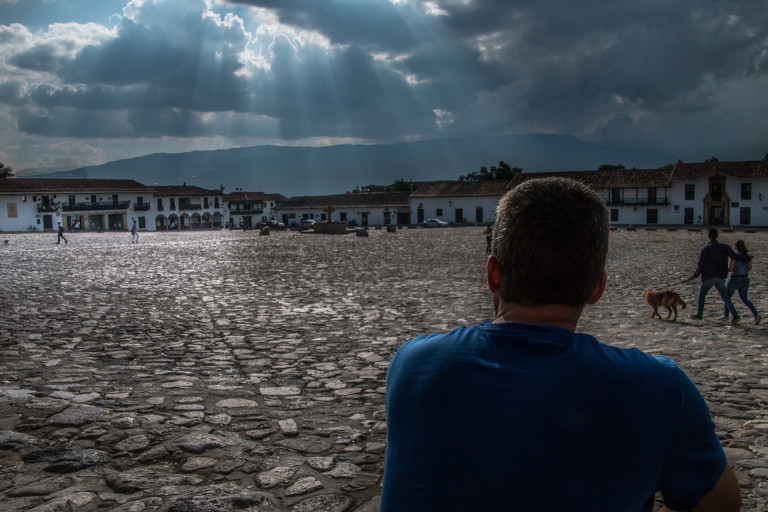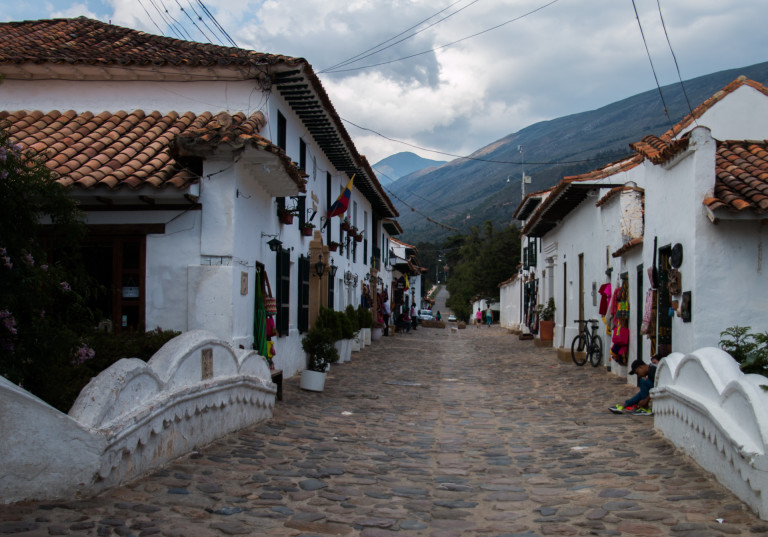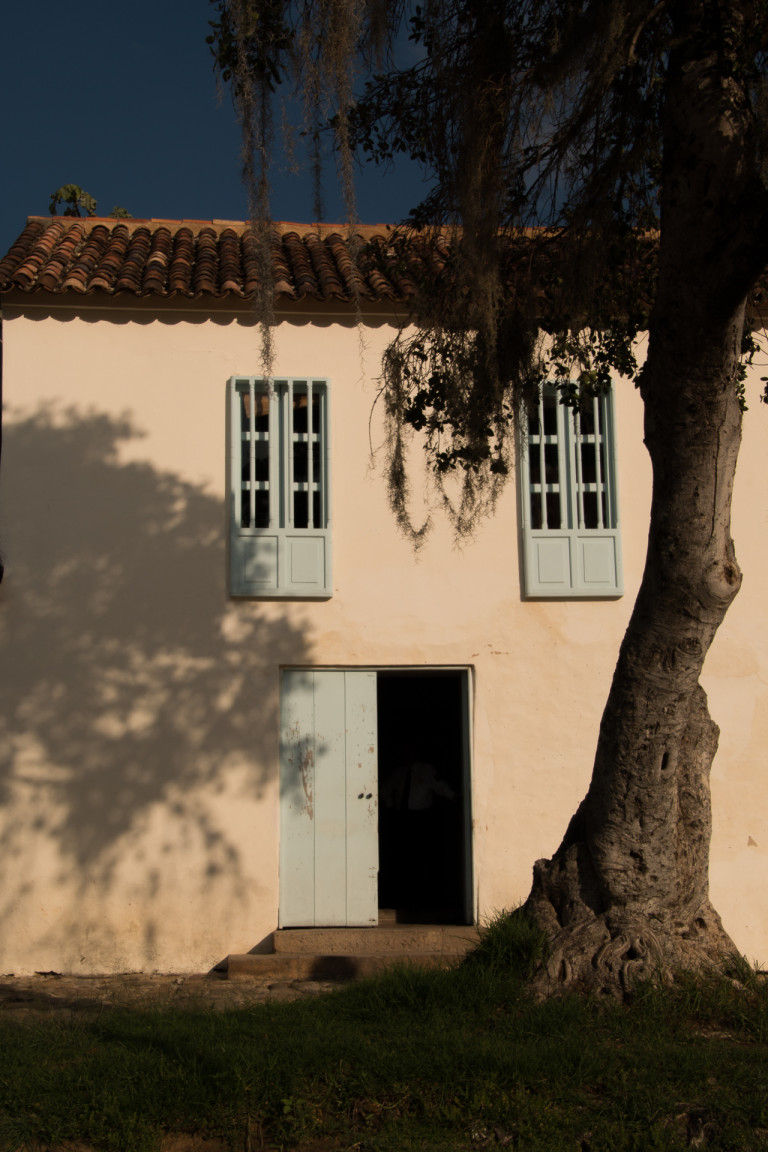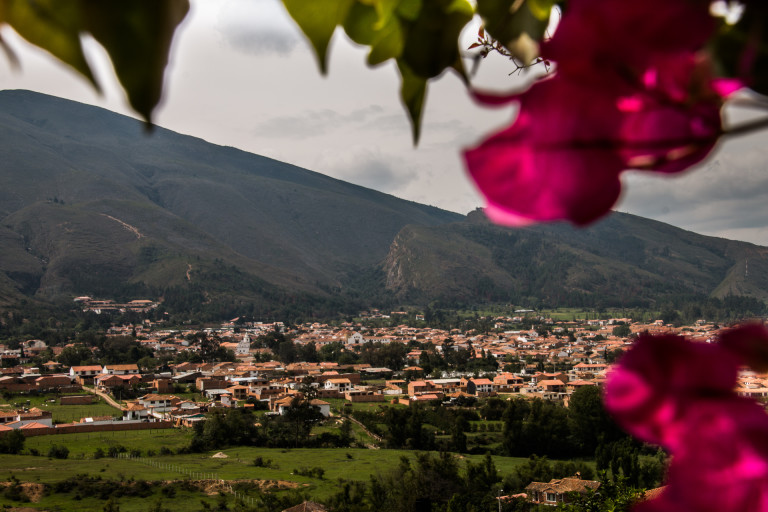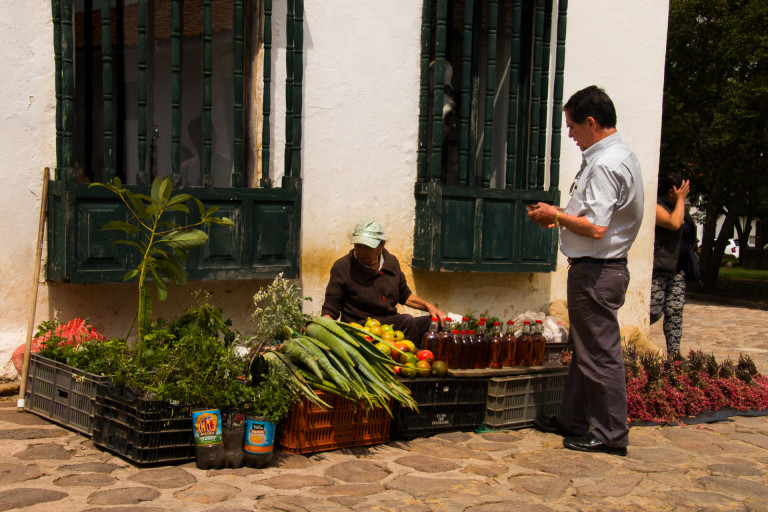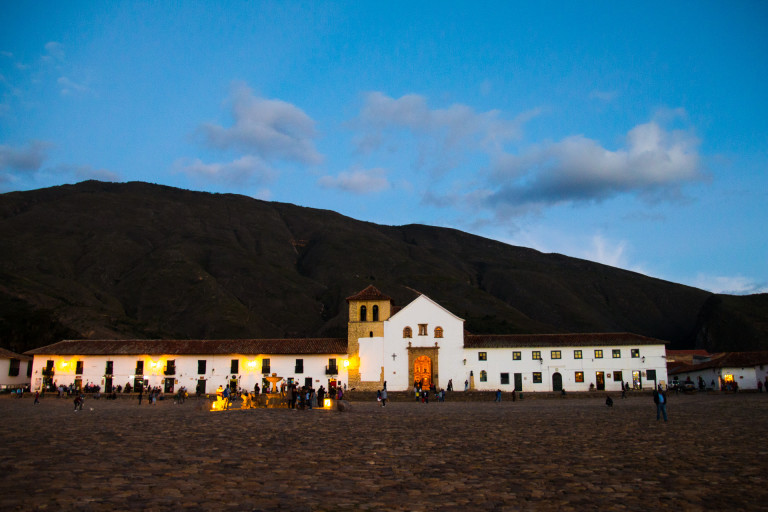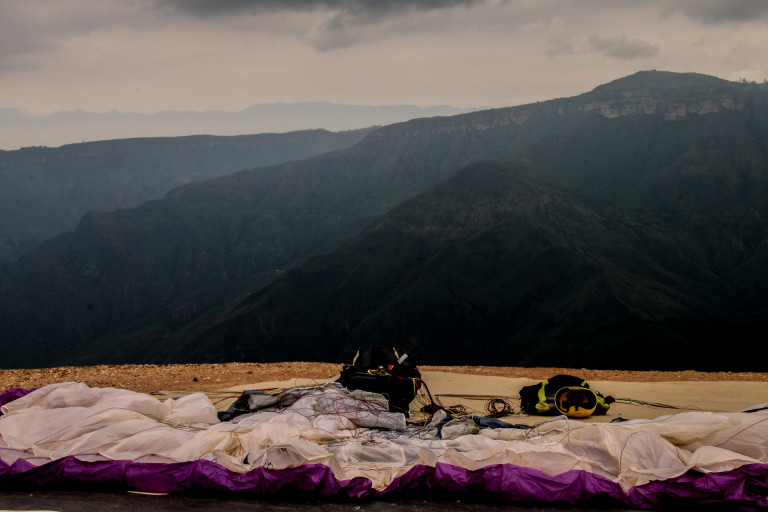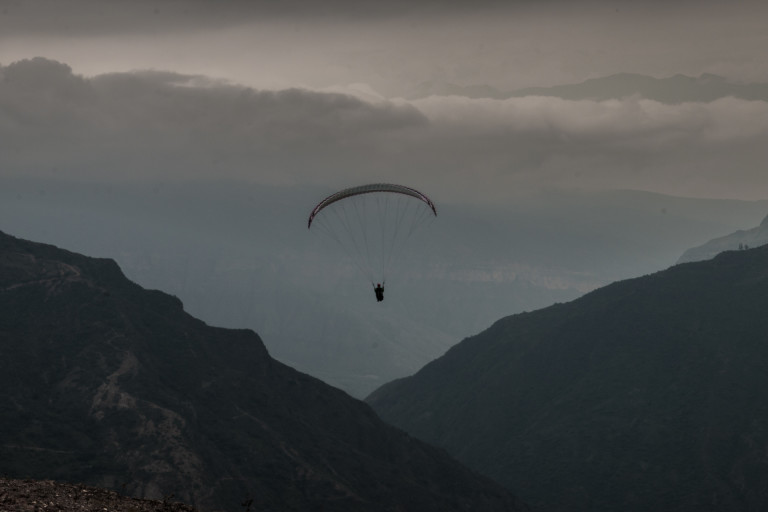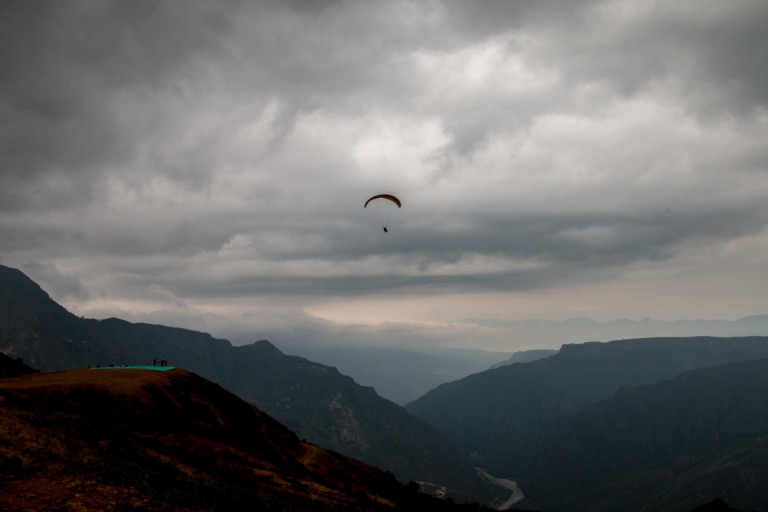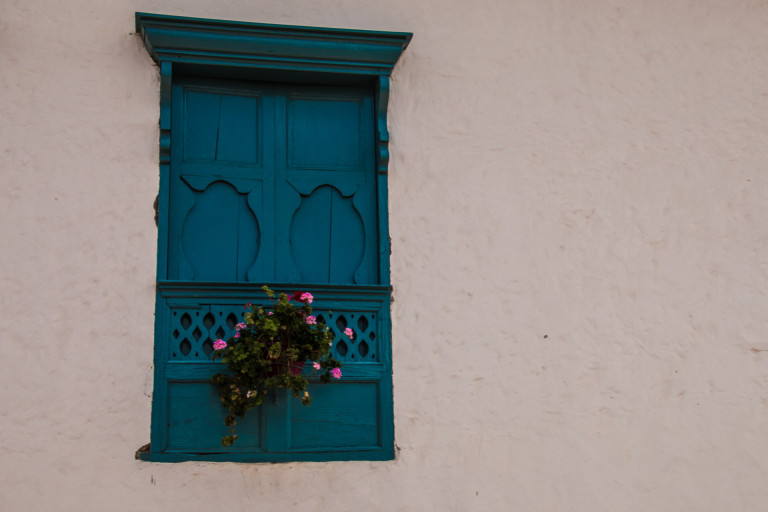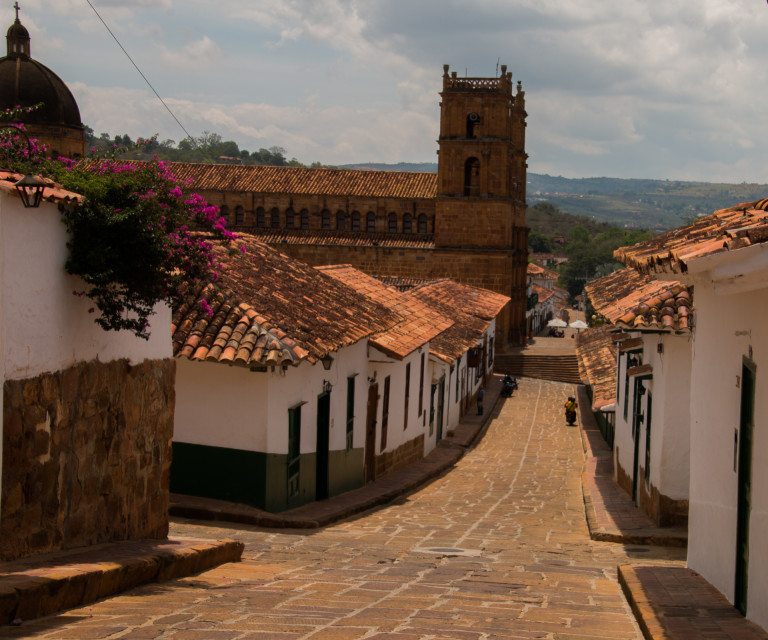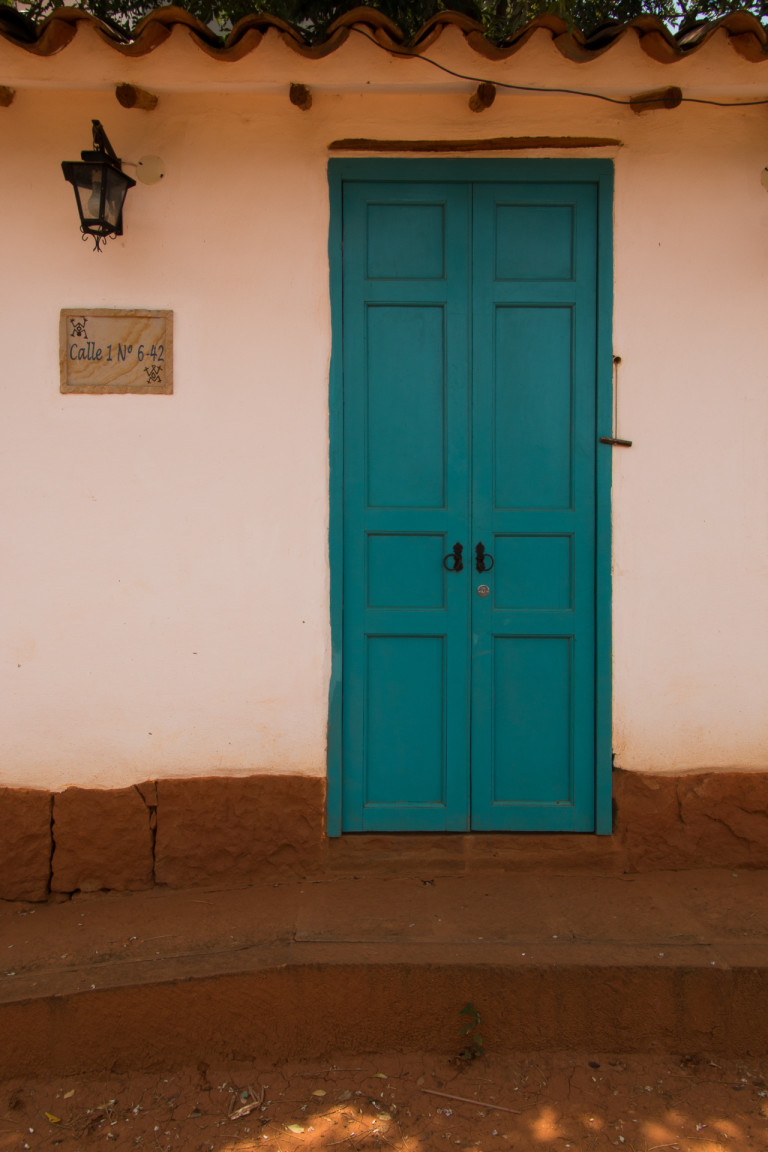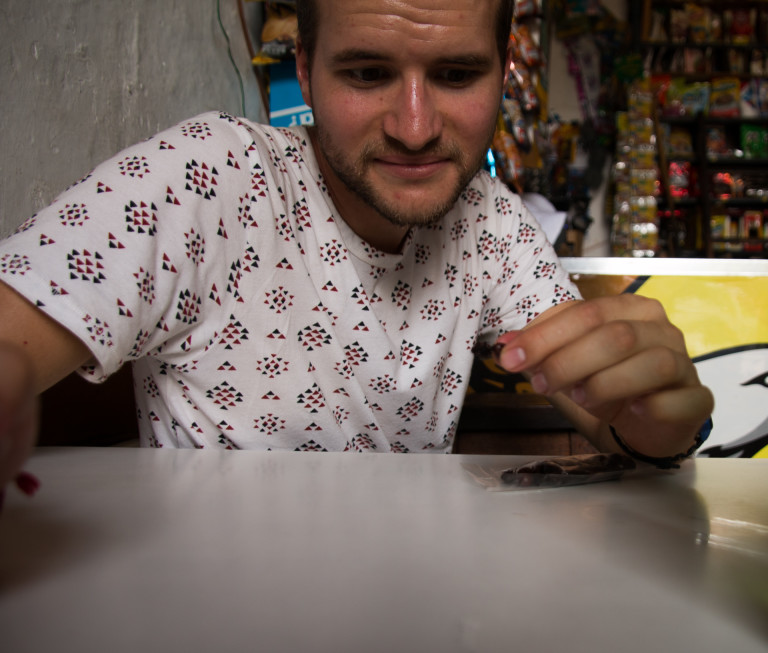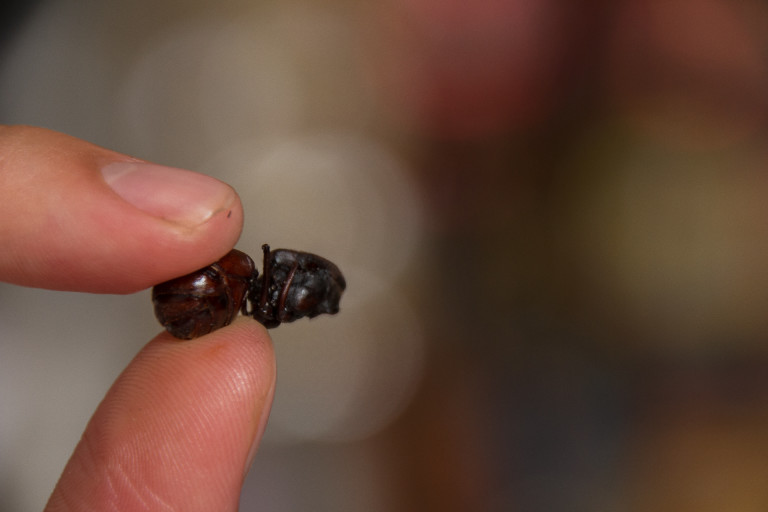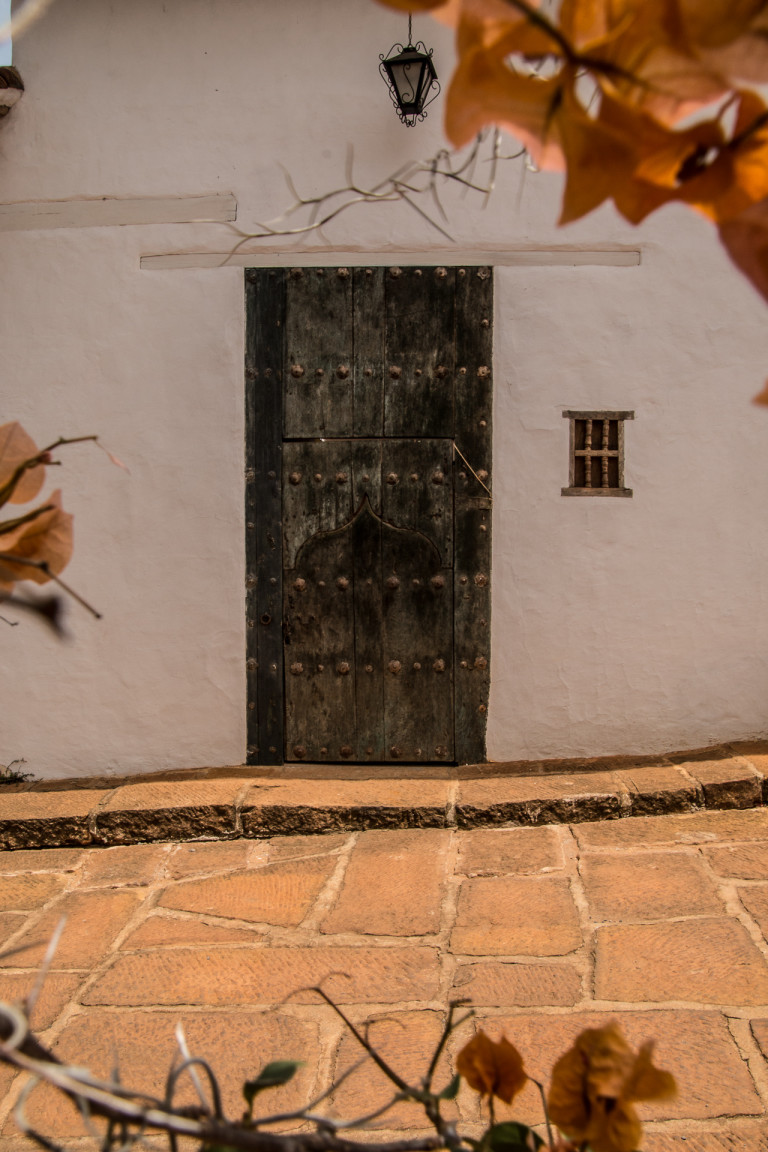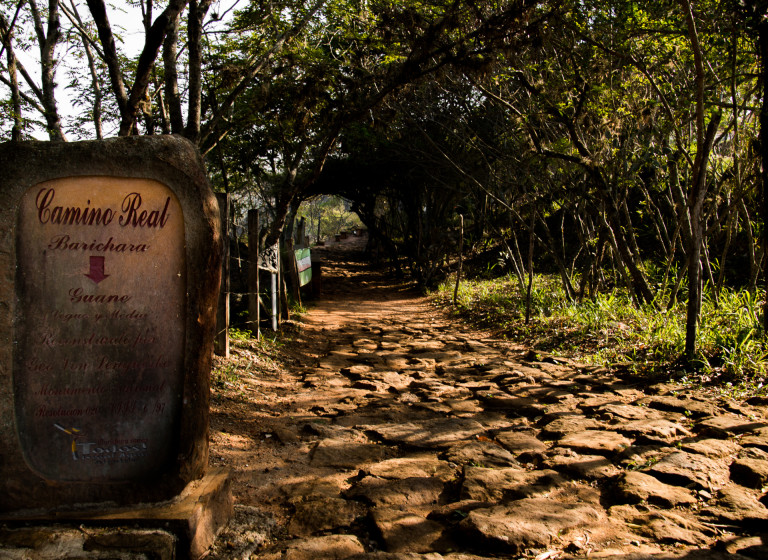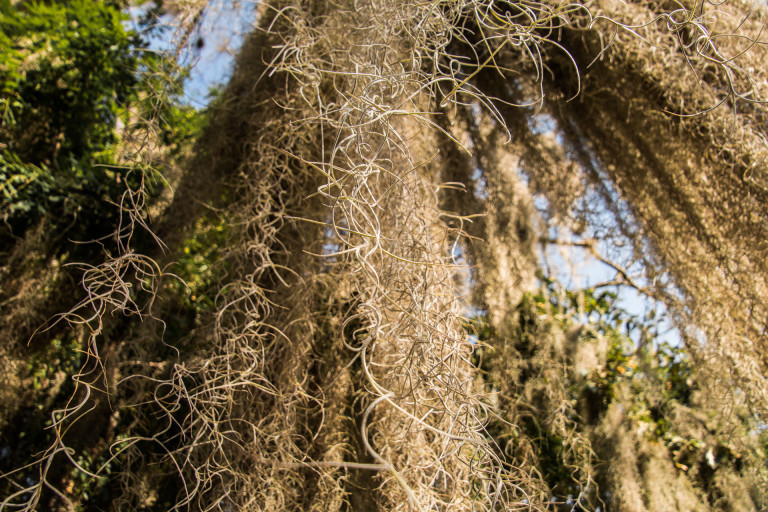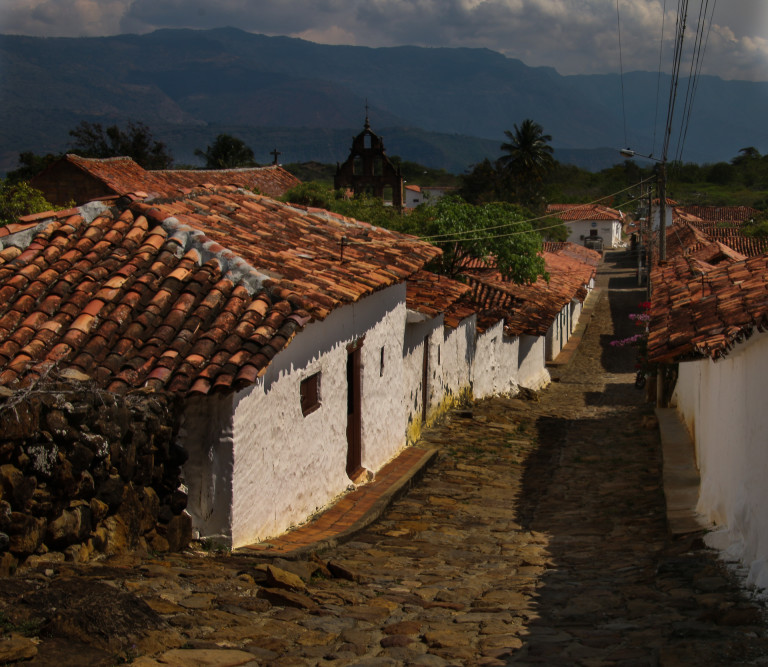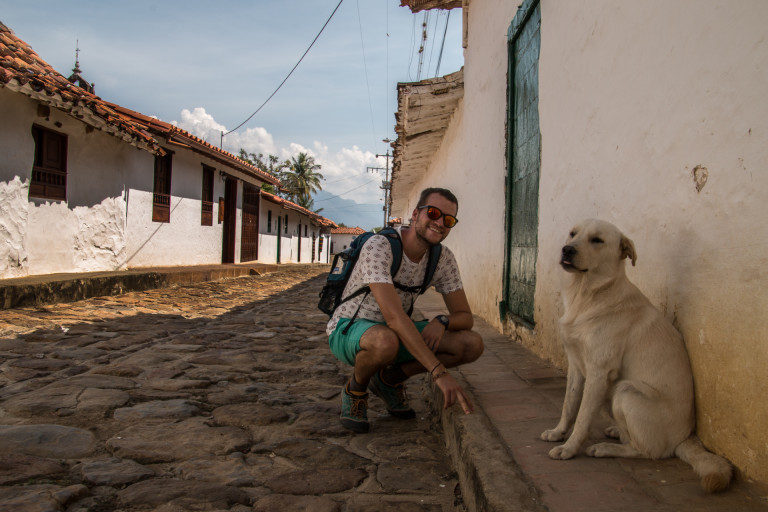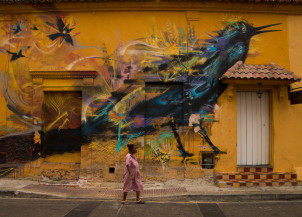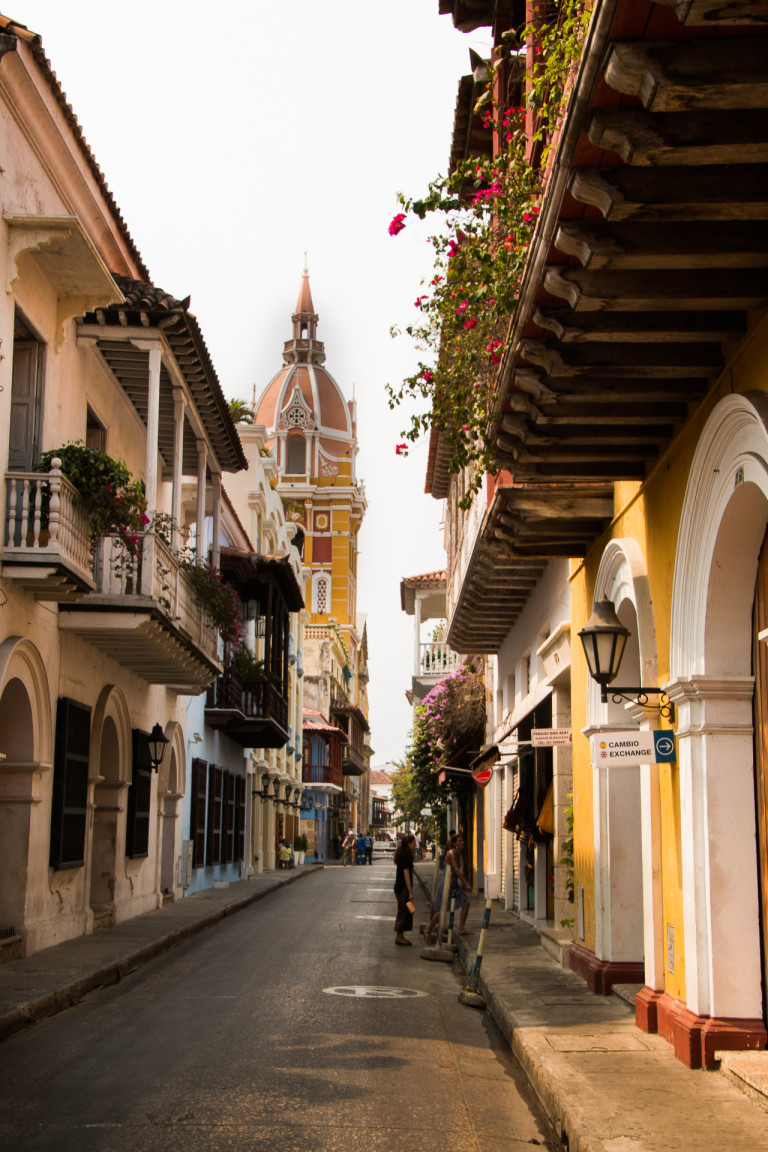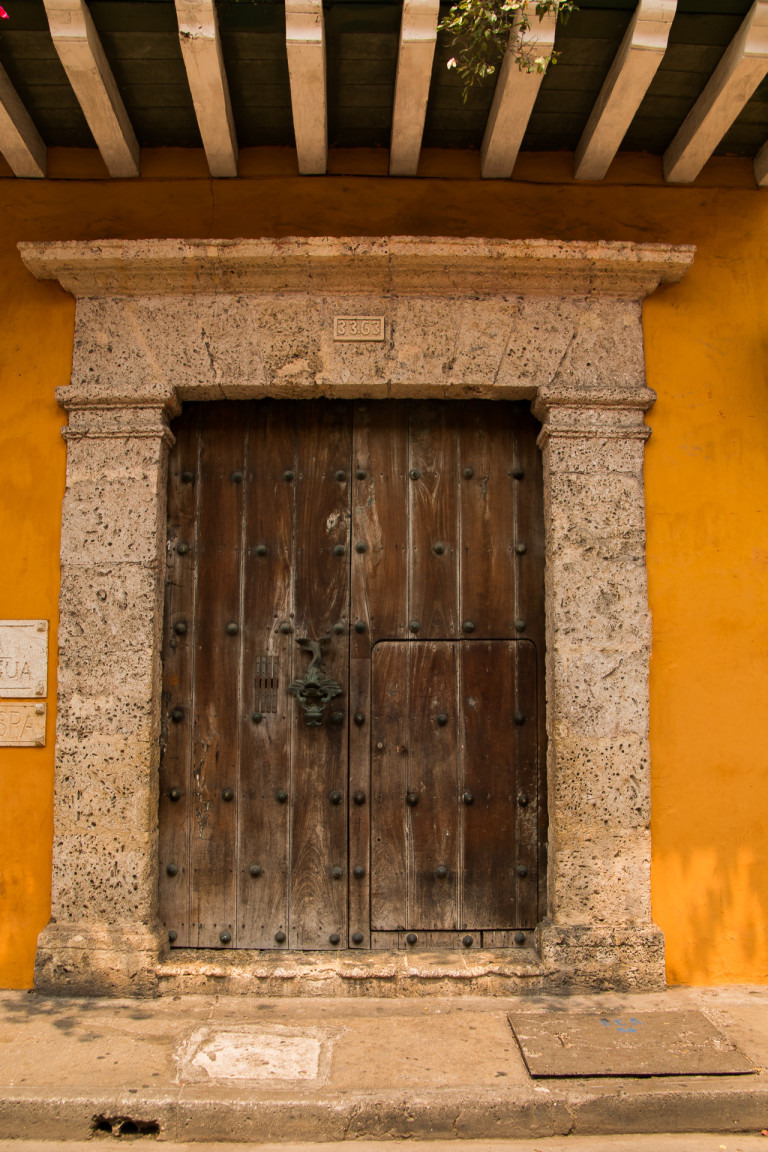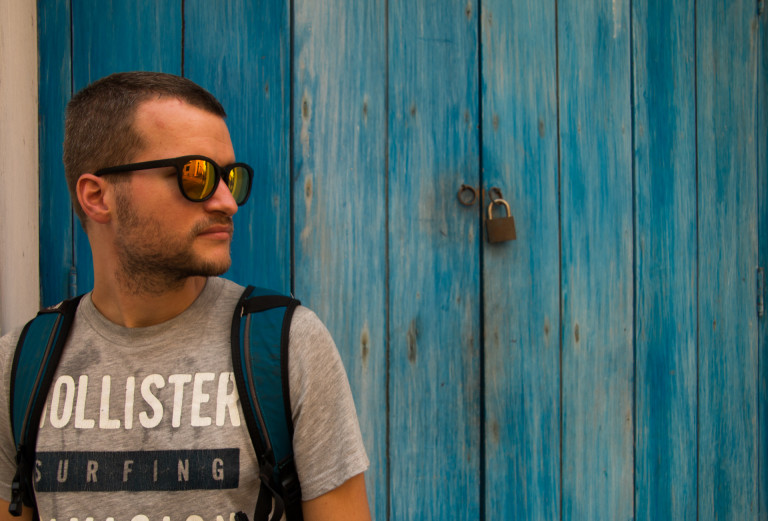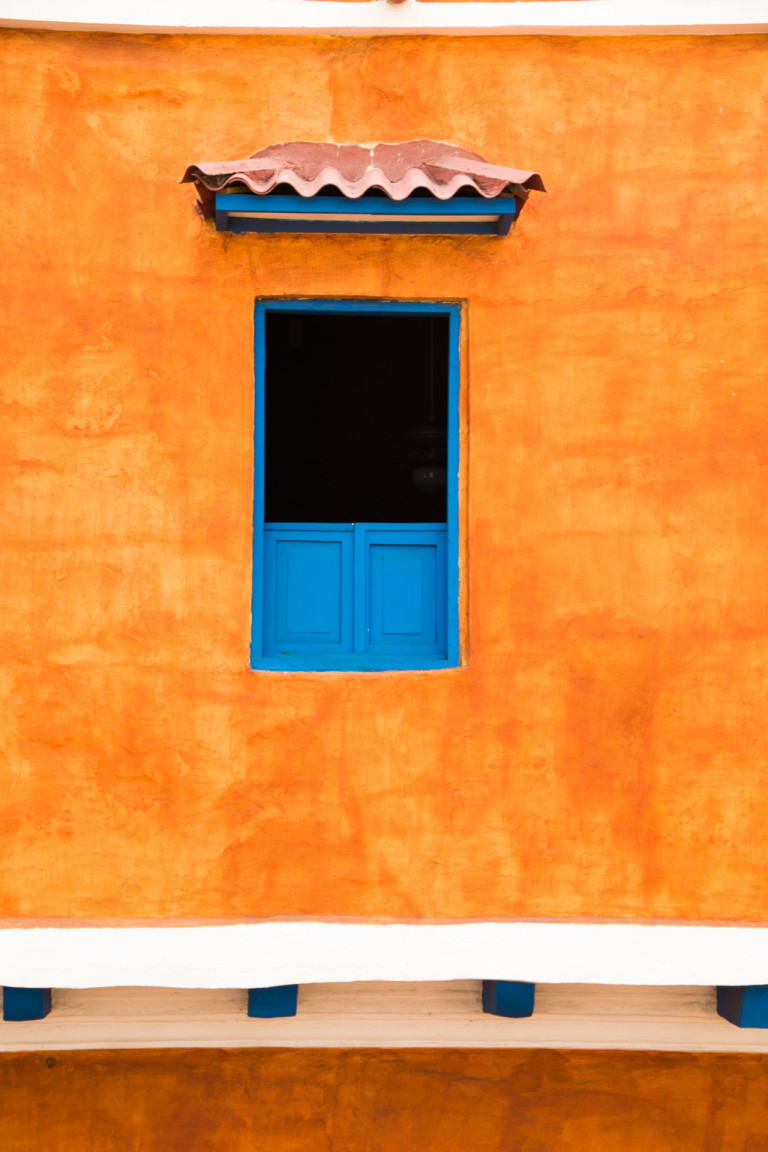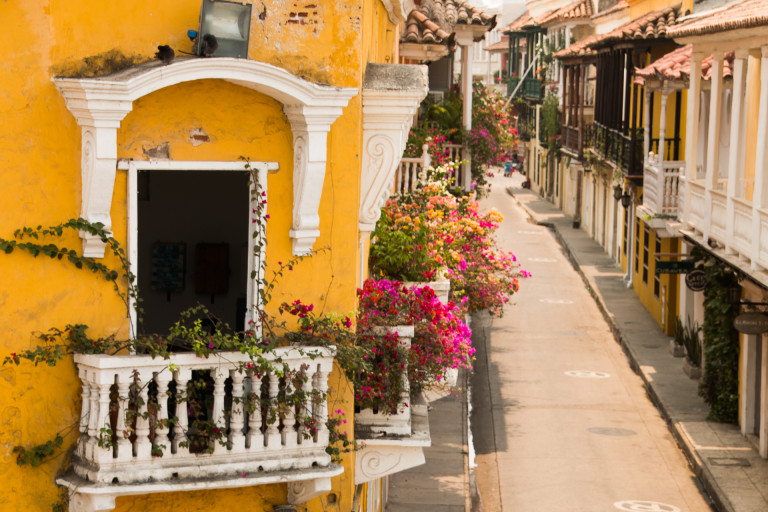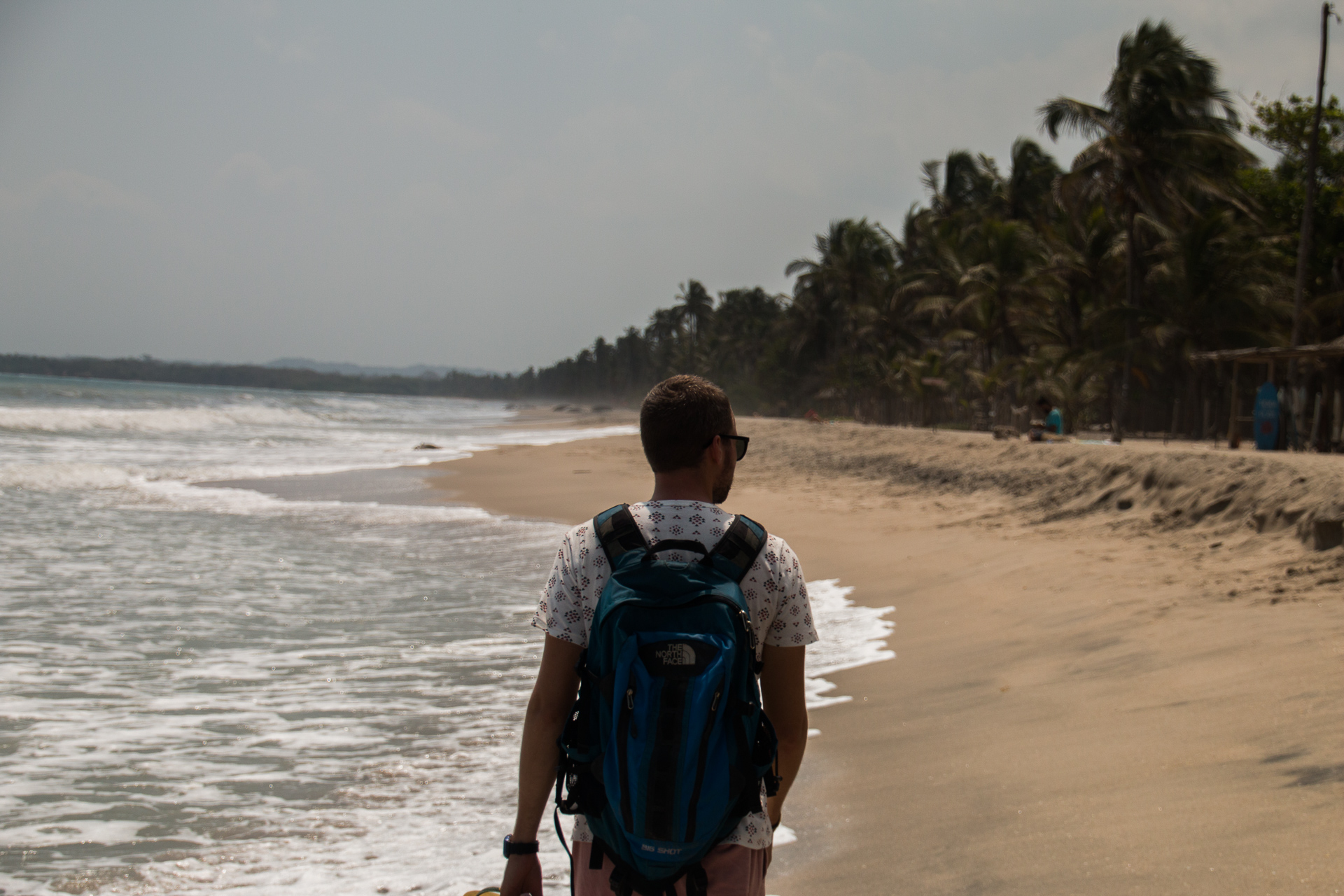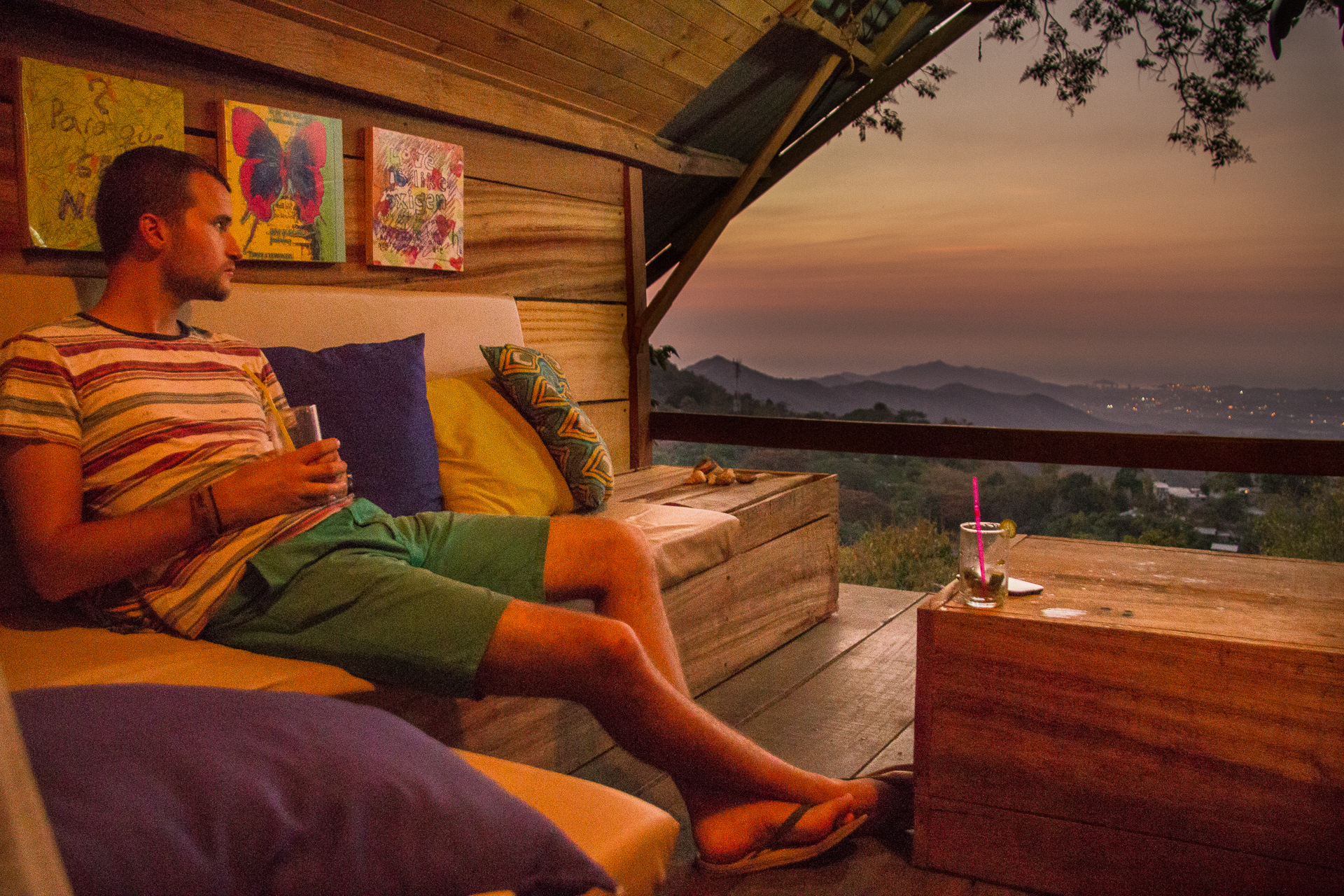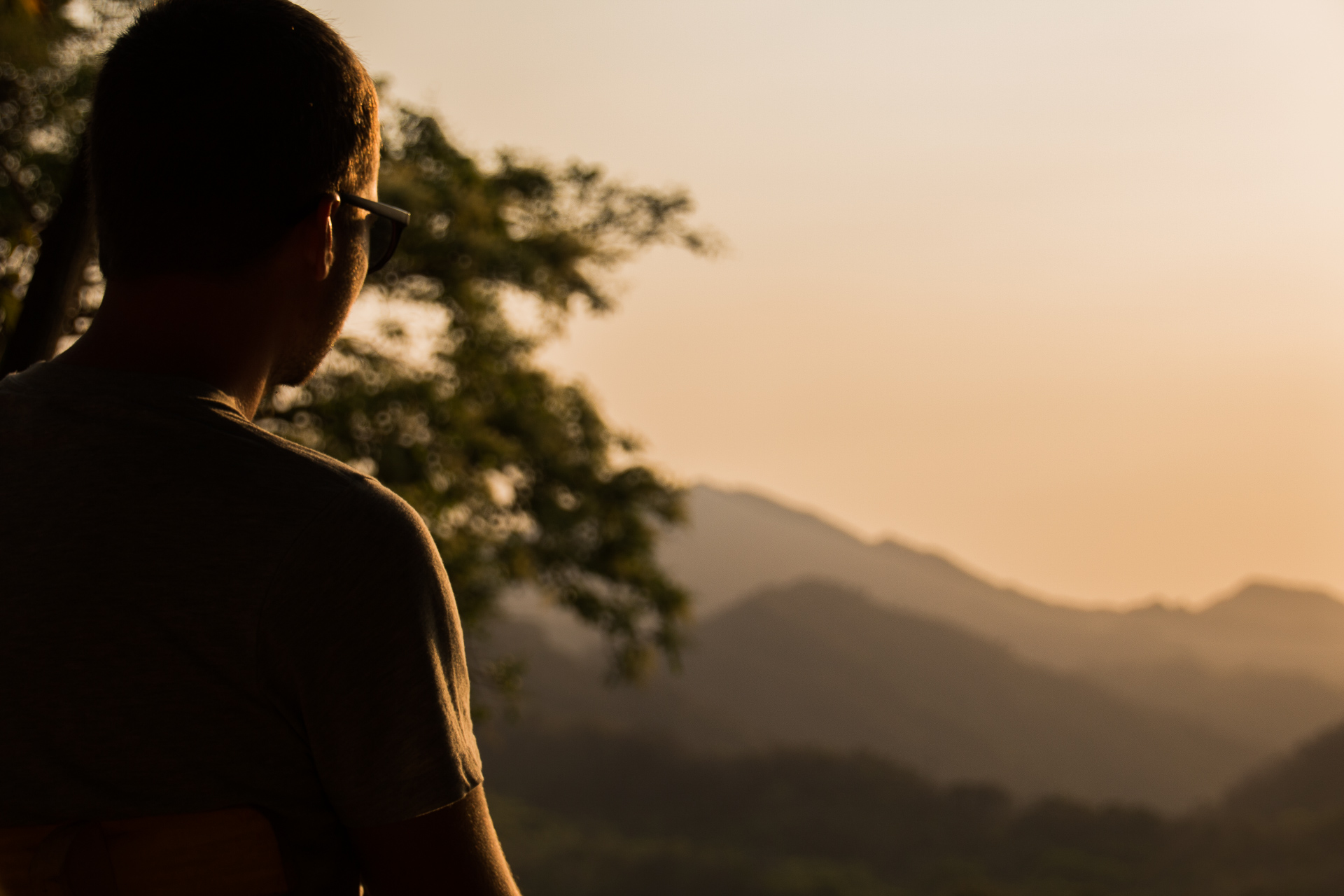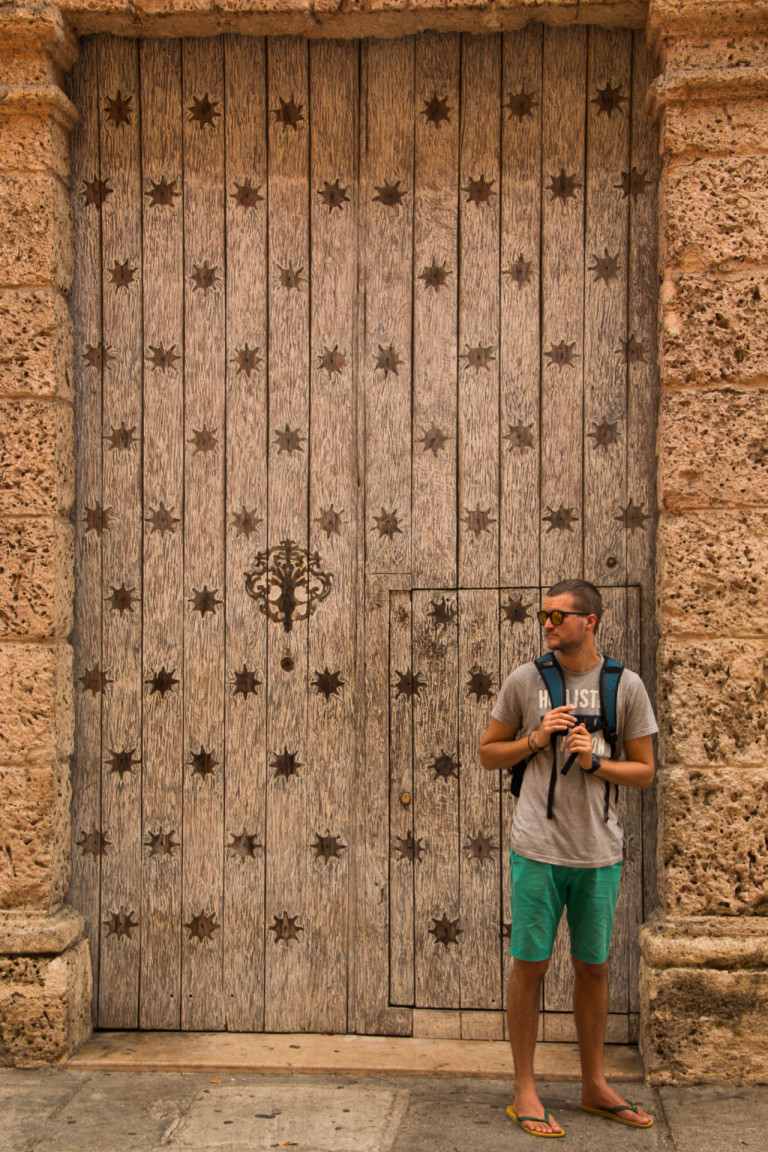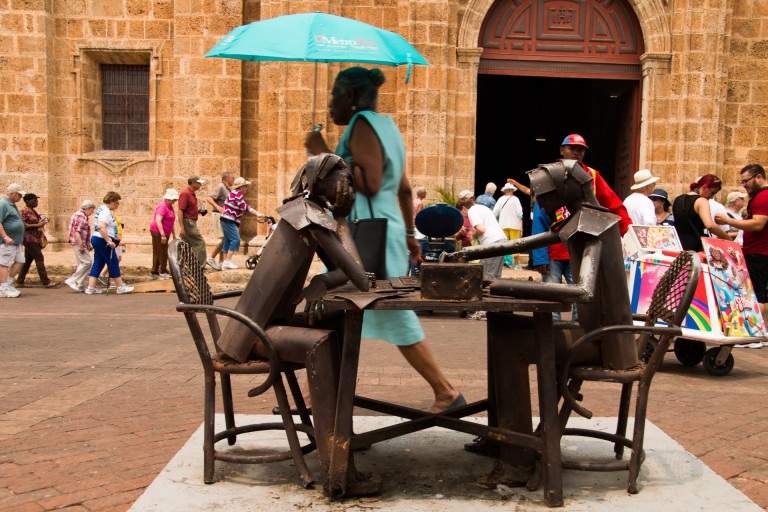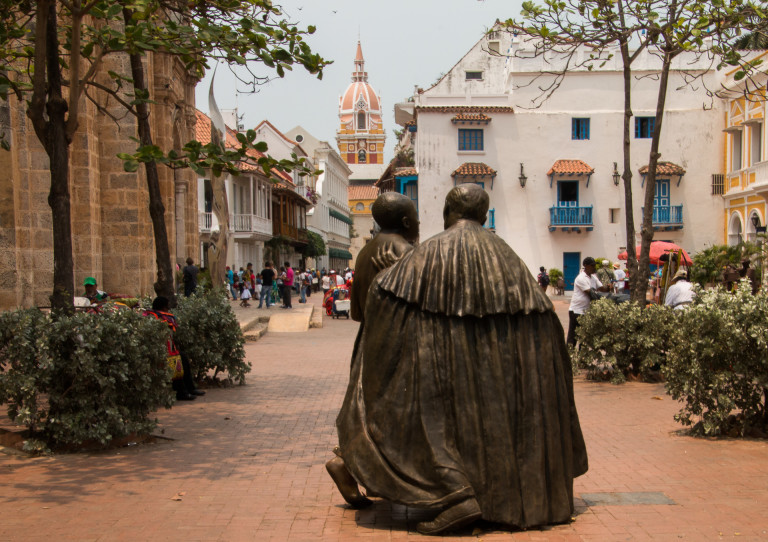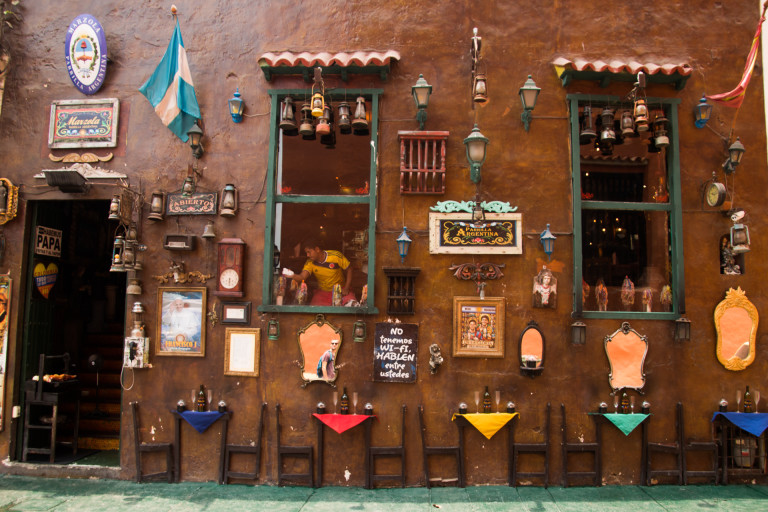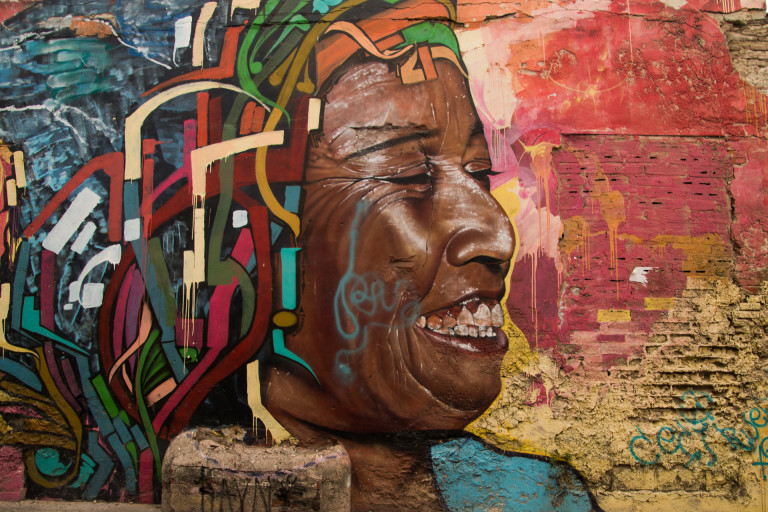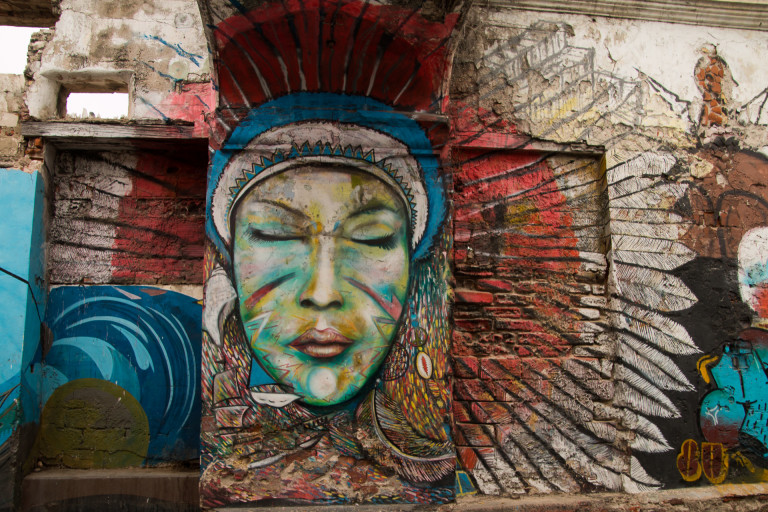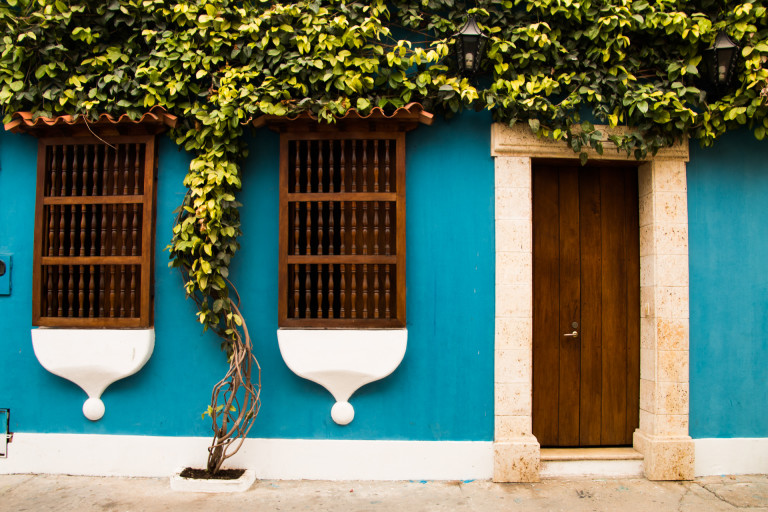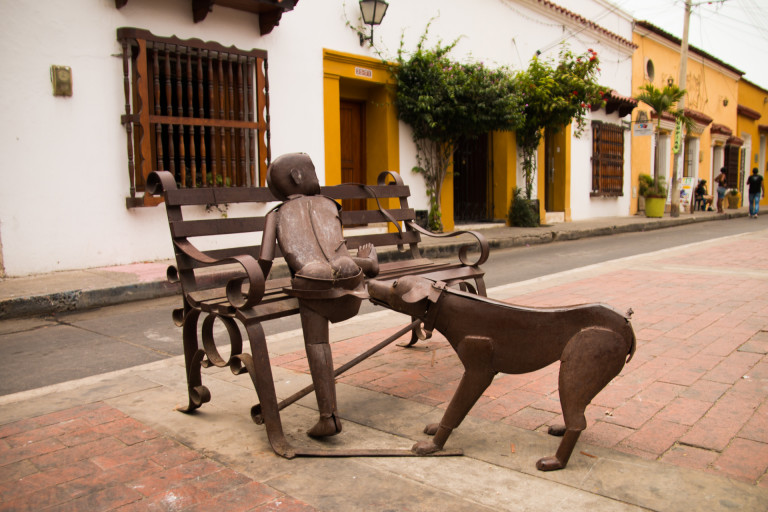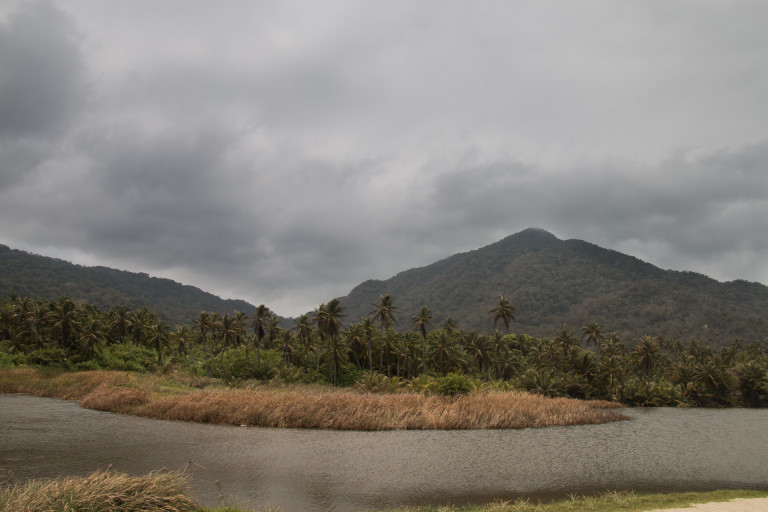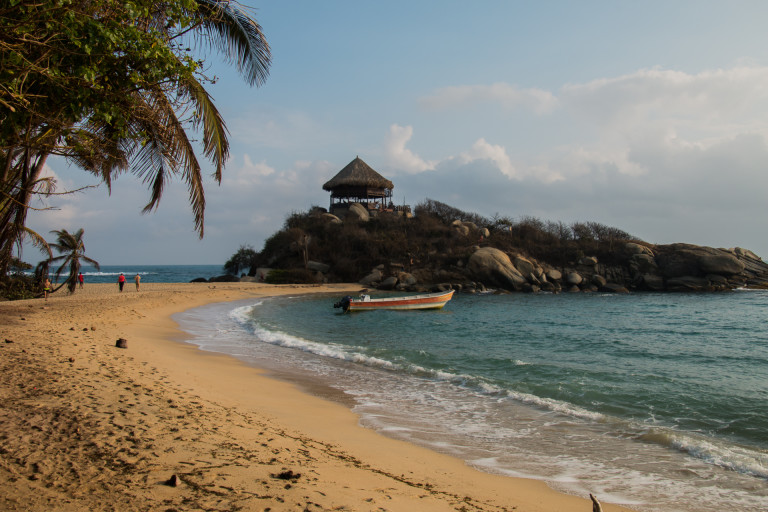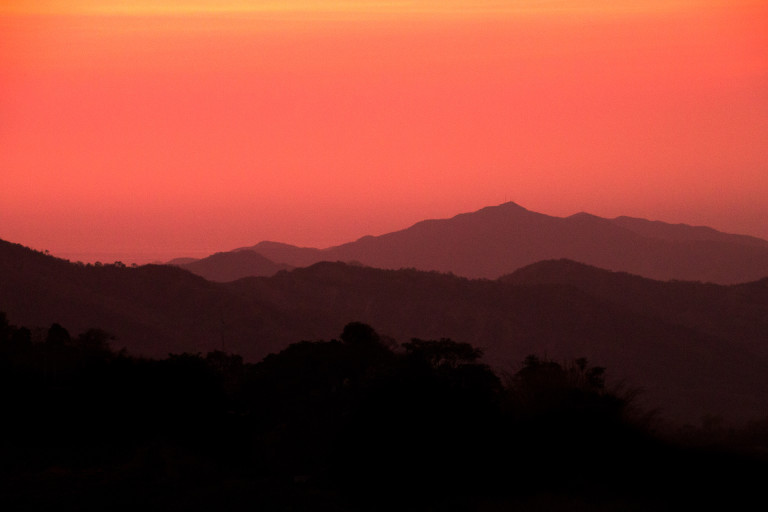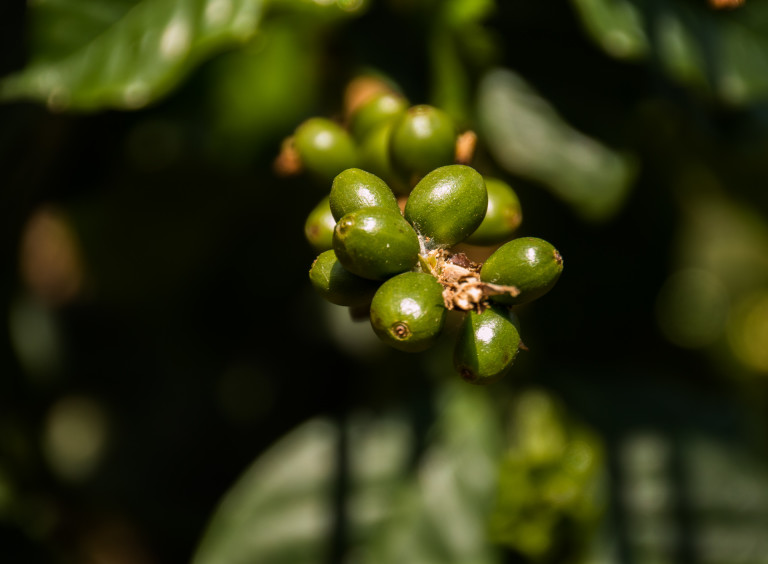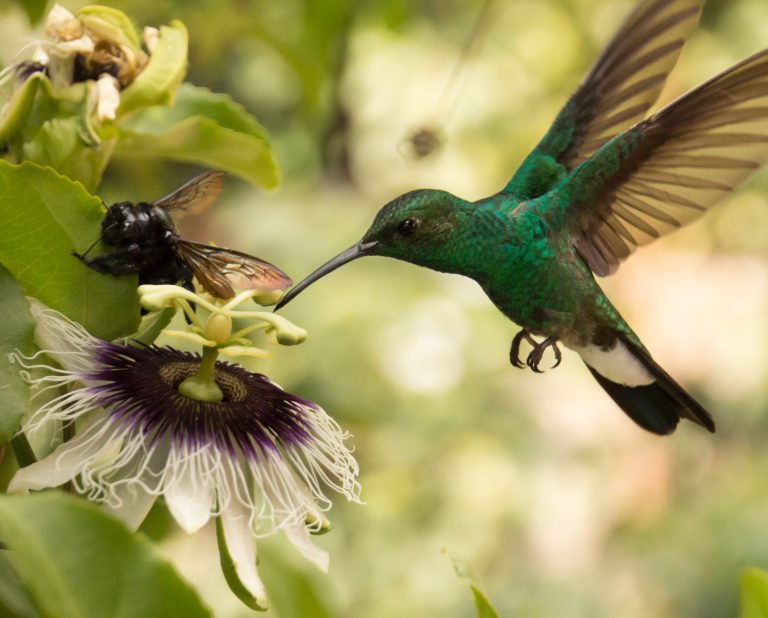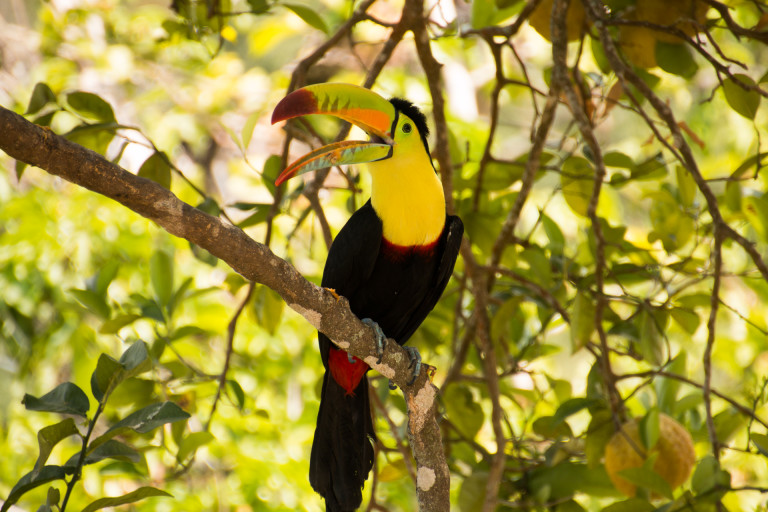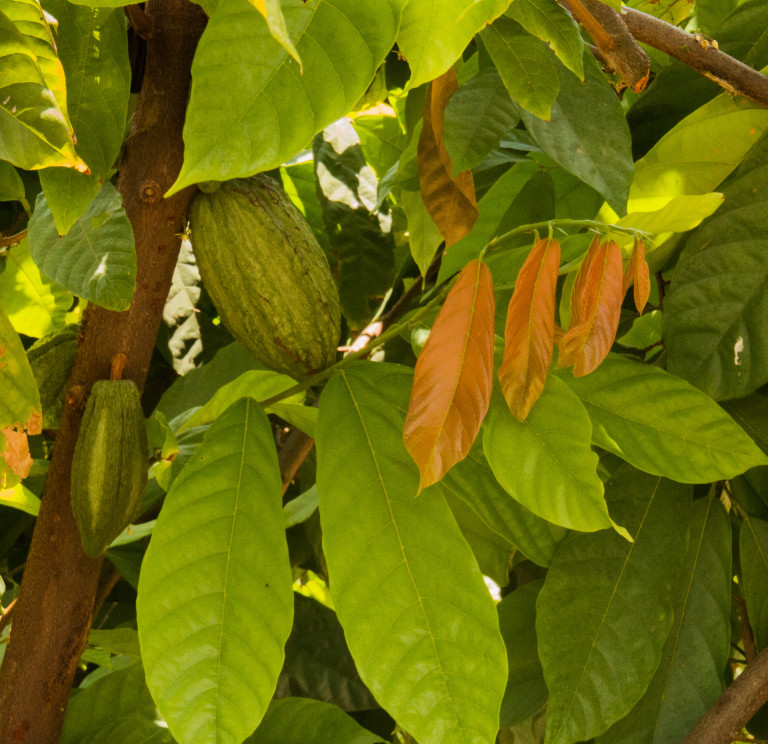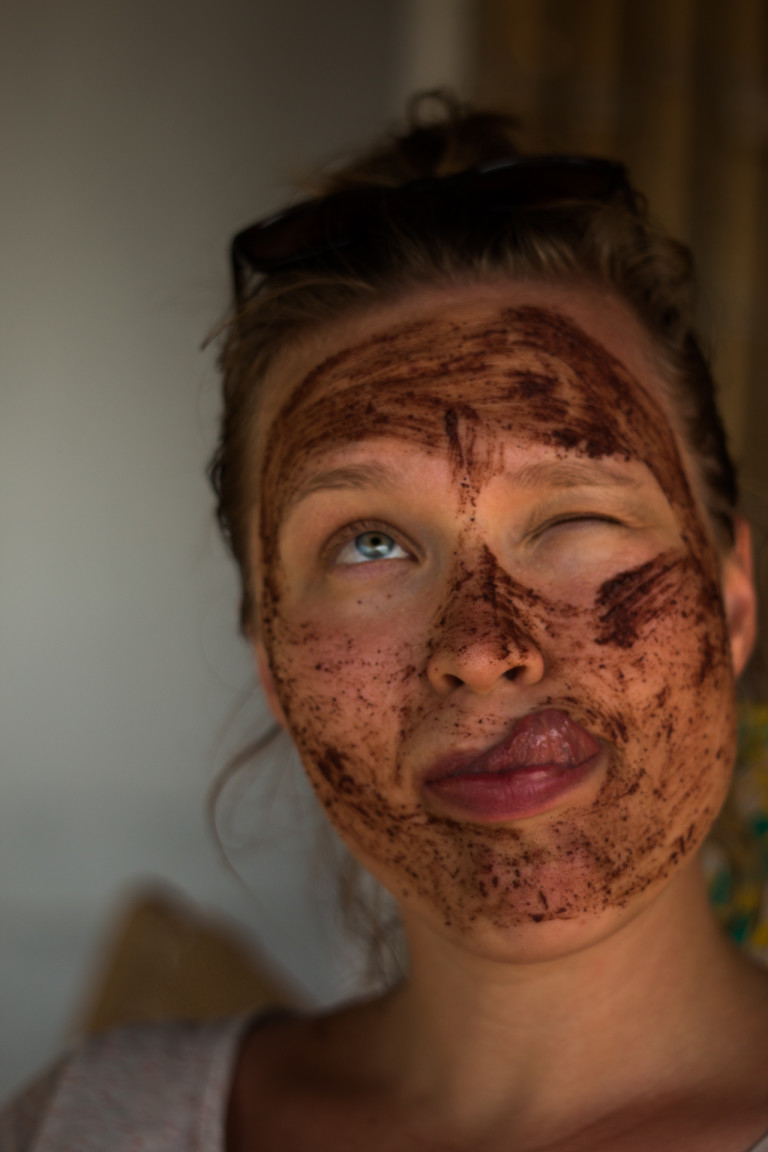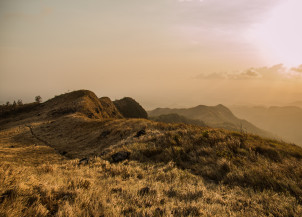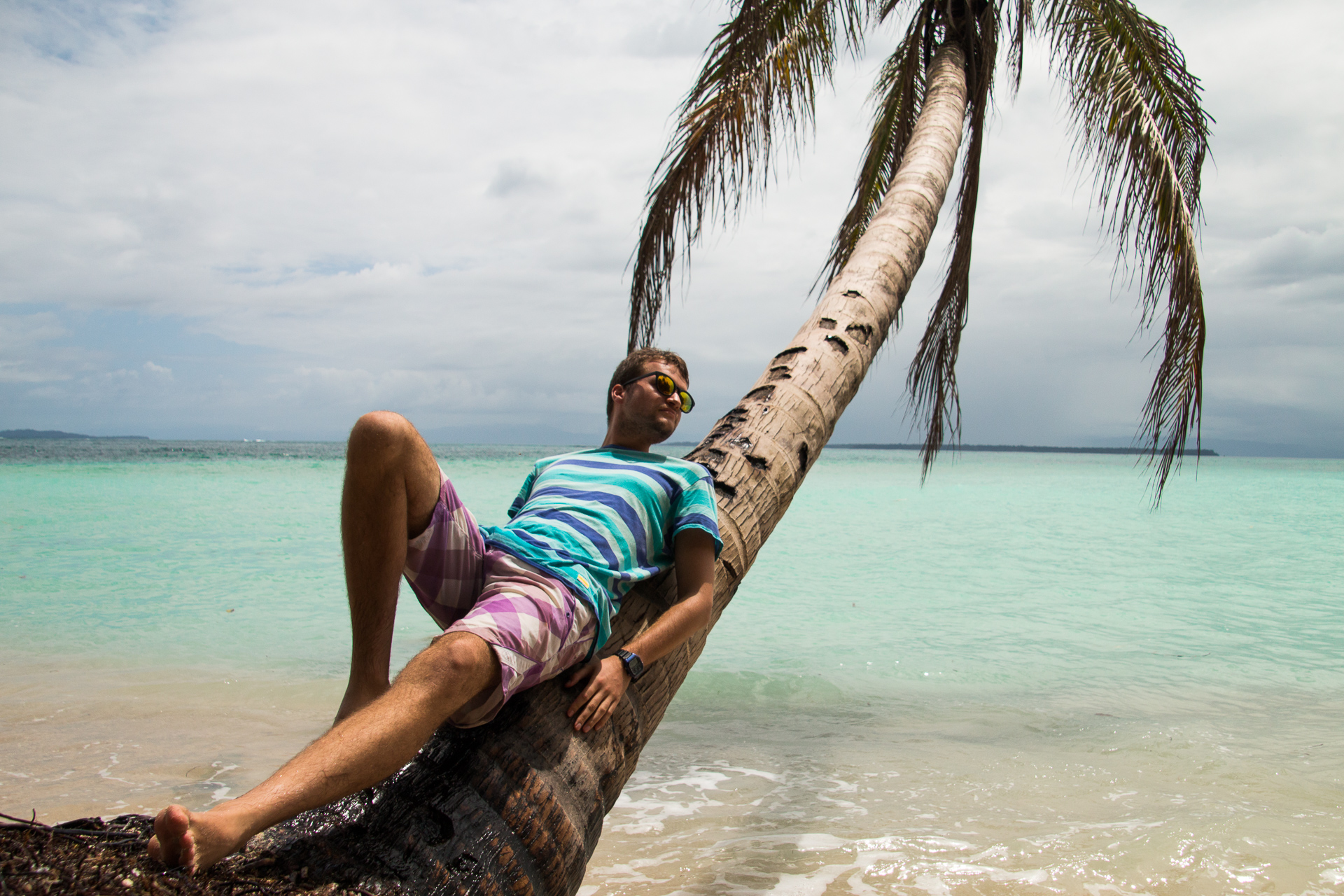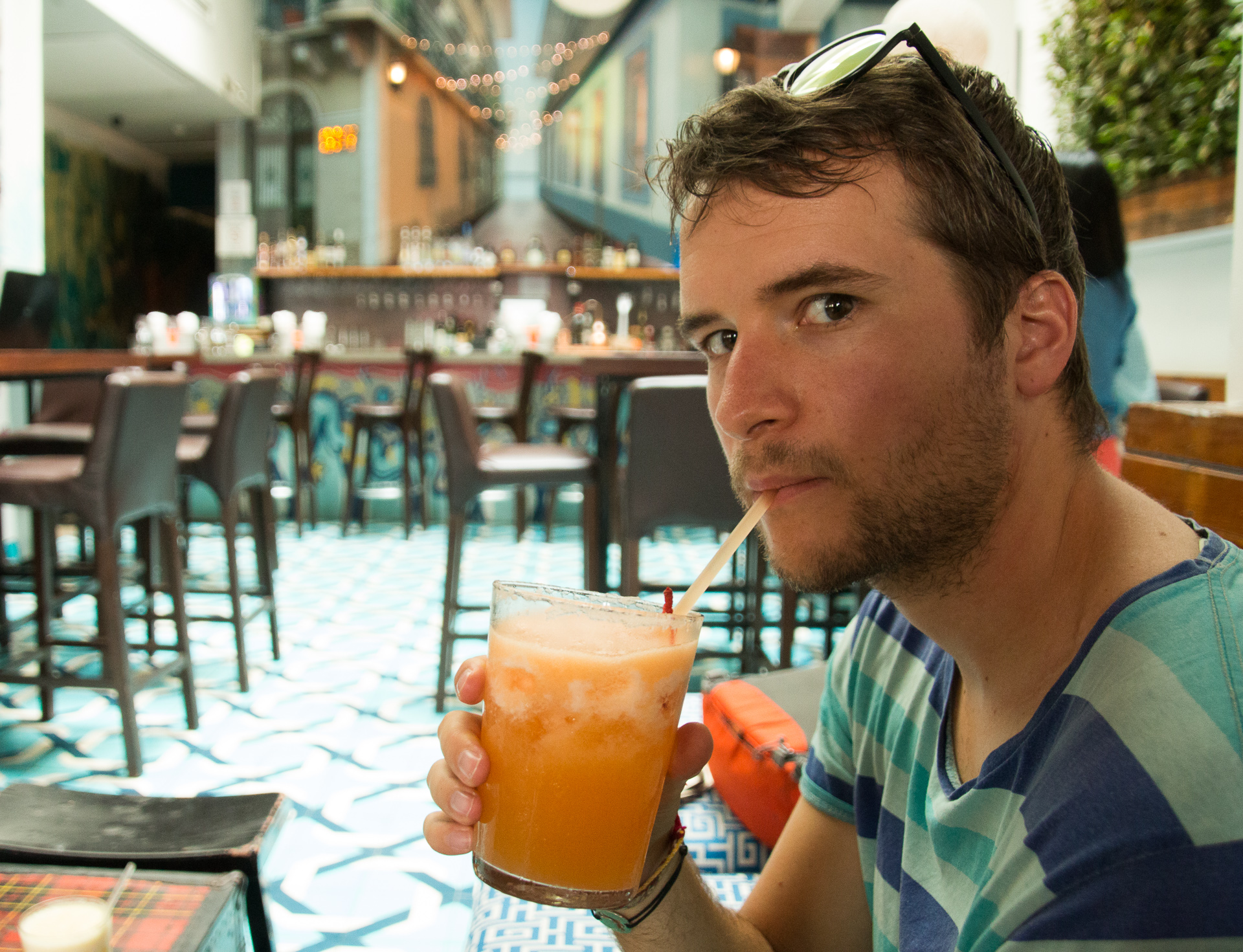My love for Galicia started years ago when I came here to study as an exchange student. I’m not going to lie, it wouldn’t have been my first choice but with a 400 euros scholarship and a dream to go to Spain I could only go for Galicia or a carton box on the central station of Barcelona or Madrid. It turned out to be one of the best decisions of my life, it changed it completely. My love for food started here and so did my passion for travelling. I met friends for my whole life.
Now going back after years with Jandirk I still think Galicia is one of the most beautiful parts of Europe. Santiago de Compostela is one  of the best known cities in the region due to the Camino de Santiago, a pilgrim path. But it has way more to offer than just a stunning cathedral and the grave of Saint James. It is a vibrant city with a great atmosphere and even greater food surrounded by stunning architecture. Although cities like Santiago, Vigo, Coruna or Lugo are worth visiting the true beauty of Galicia is in its villages and forgotten places. To reach all of those grandmas and their amazing food and wine we rented a car as public transport in Galicia could be better… could exist to begin with.
of the best known cities in the region due to the Camino de Santiago, a pilgrim path. But it has way more to offer than just a stunning cathedral and the grave of Saint James. It is a vibrant city with a great atmosphere and even greater food surrounded by stunning architecture. Although cities like Santiago, Vigo, Coruna or Lugo are worth visiting the true beauty of Galicia is in its villages and forgotten places. To reach all of those grandmas and their amazing food and wine we rented a car as public transport in Galicia could be better… could exist to begin with.
Our journey starts in Canon del Sil, a stunning canyon which is famous for its picturesque situated wine cellars. Going to local restaurants you get fed until you drop with delicious food  and wine for almost no money at all. And the views are just breathtaking and we didn’t have to share those views with anyone. We didn’t even have to share our hotel as it was totally empty but absolutely gorgeous!! Classic, stone building with amazing views and great stylish
and wine for almost no money at all. And the views are just breathtaking and we didn’t have to share those views with anyone. We didn’t even have to share our hotel as it was totally empty but absolutely gorgeous!! Classic, stone building with amazing views and great stylish
indoor. Most of the people don’t know that Galicia is really popular because of it’s delicious wine especially white, Albarino wine.
Another thing that Galicia is famous for (for the people who know that it exists) is the coast. It has some beautiful beaches with rocks, caves and cliffs, perfect to walk around (mostly it’s too cold to swim… at least for me). One of the most popular is Playa de las Catedrales. Tourism here has been waking up and it raised from maybe 20 people per day to a hundred but still it’s big enough for everyone. Going deeper in the coast it’s not a challenge to find a perfect spot only for yourself. And absolutely everywhere you get fed extraordinary food, true paradise for us.
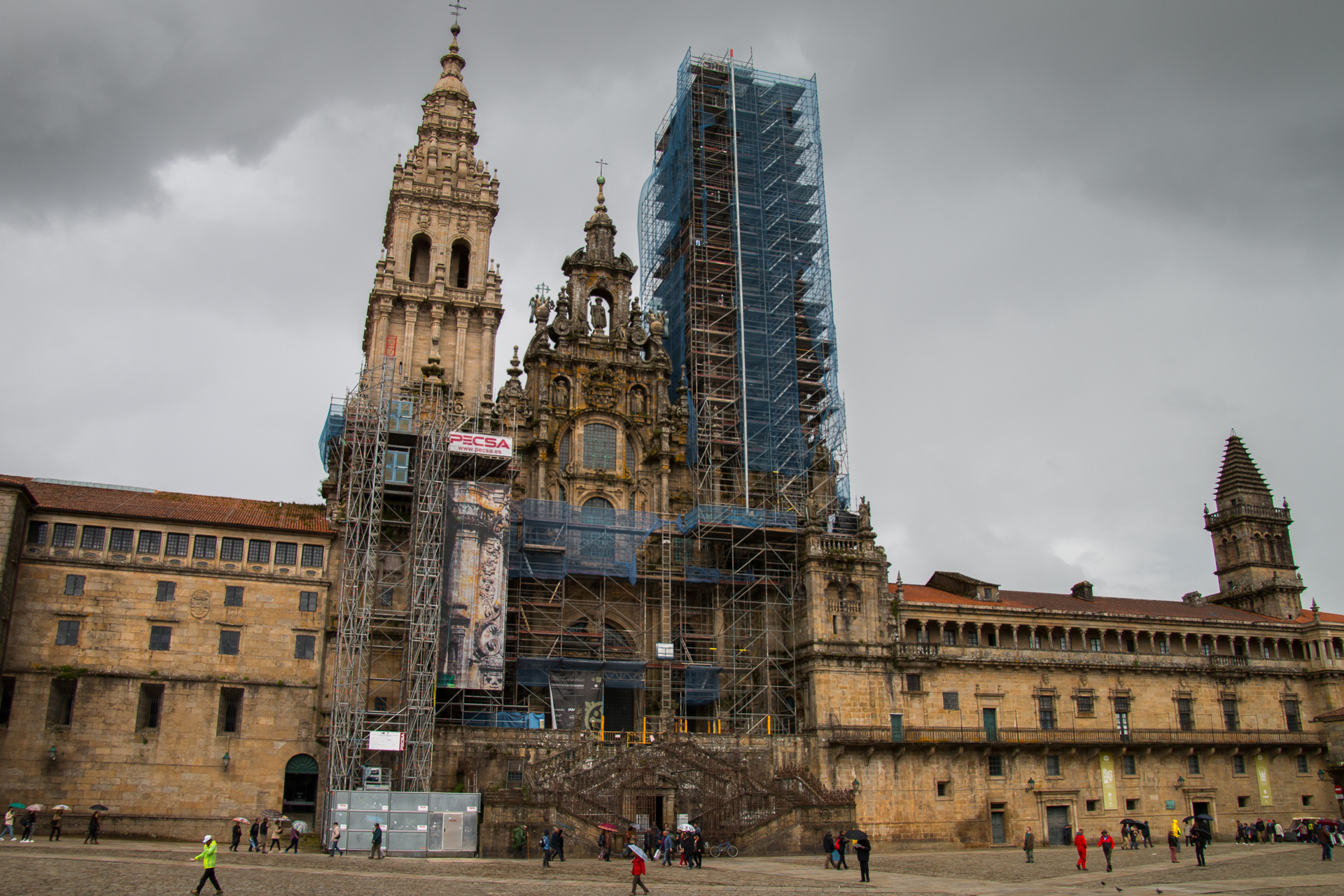
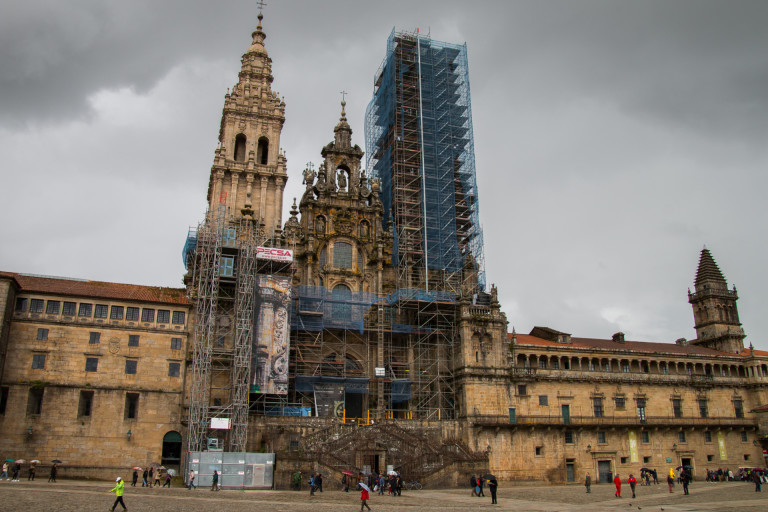
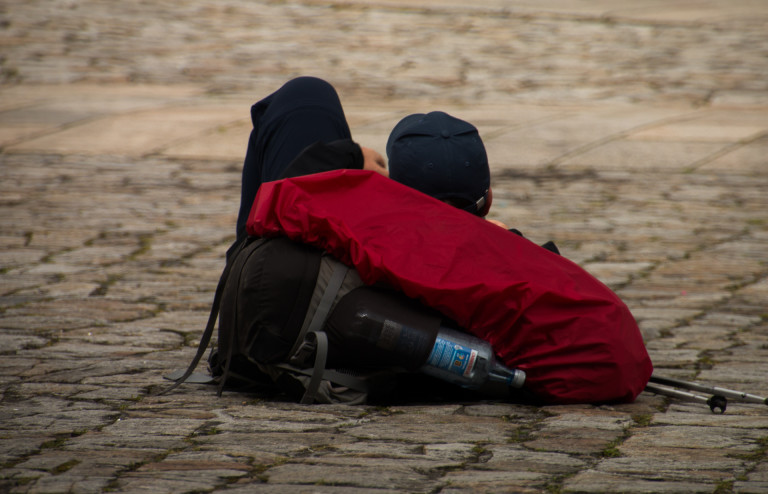
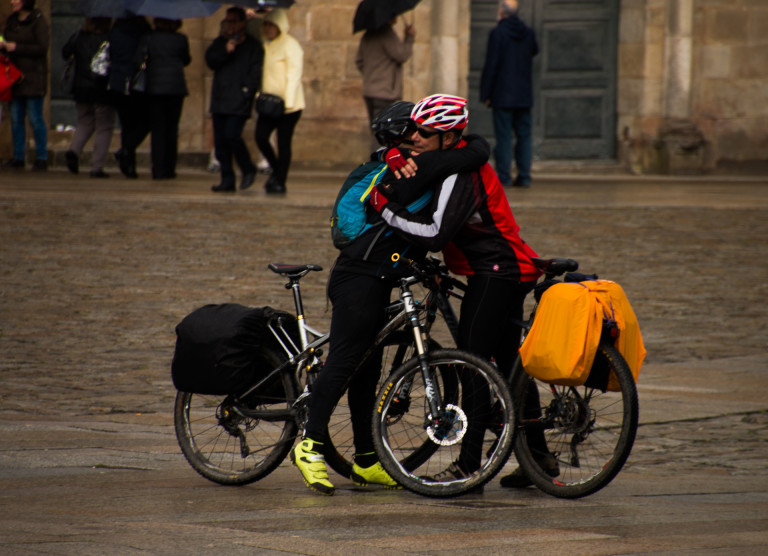
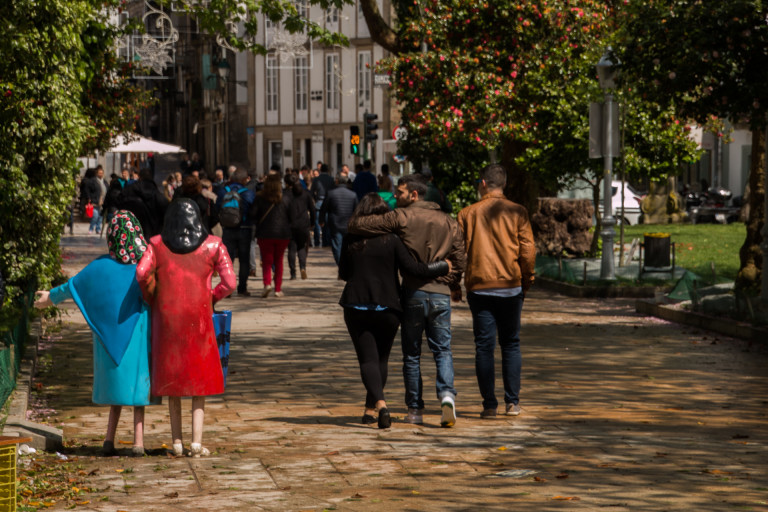
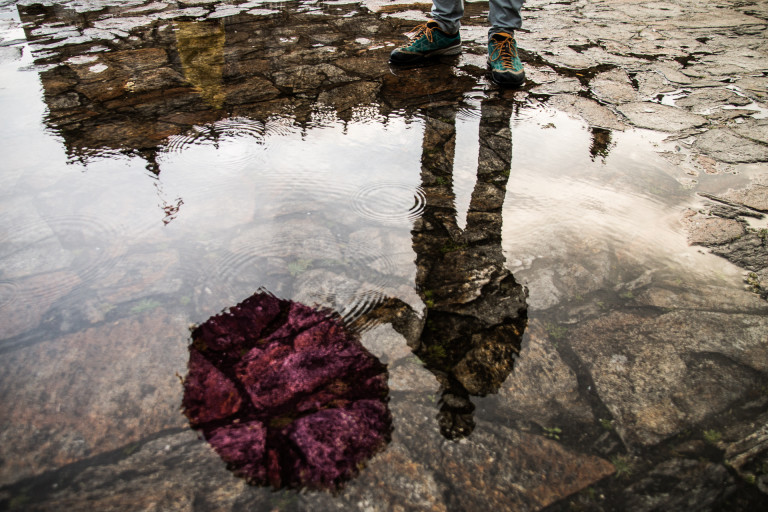
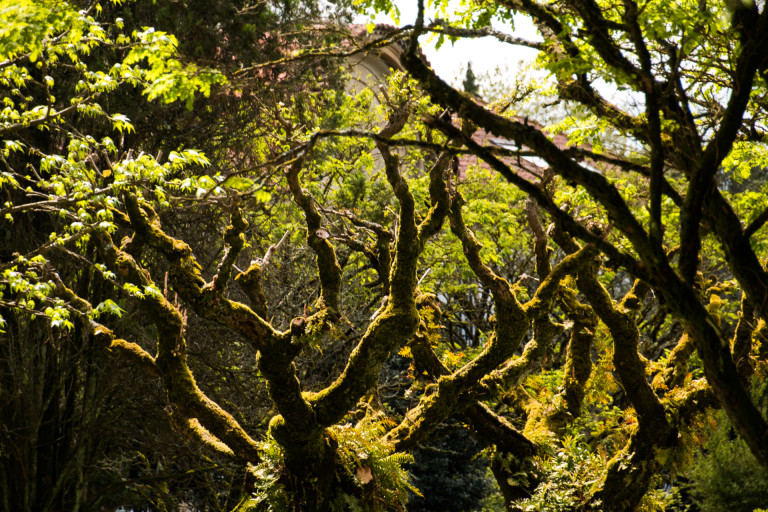
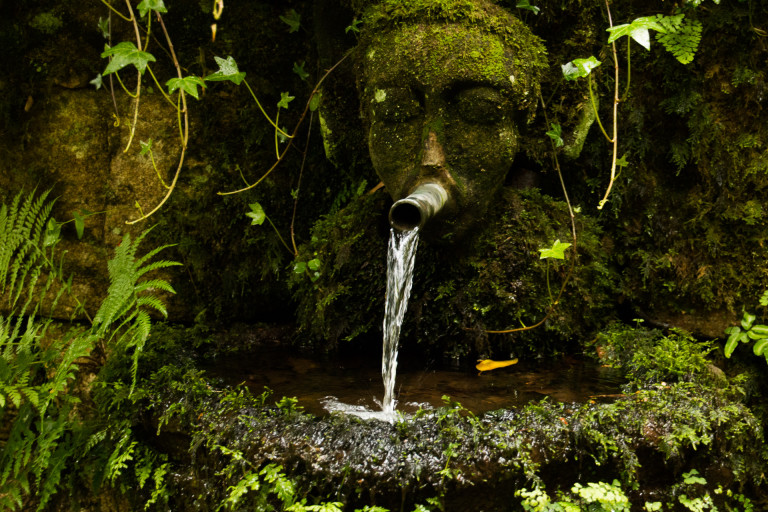
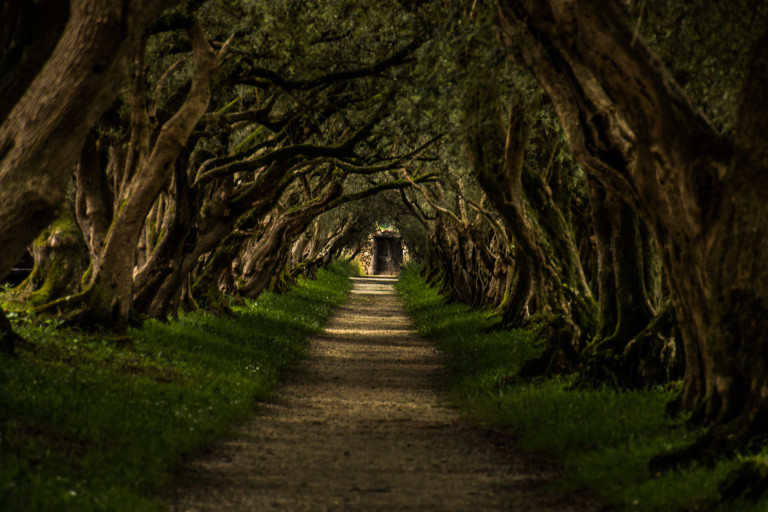
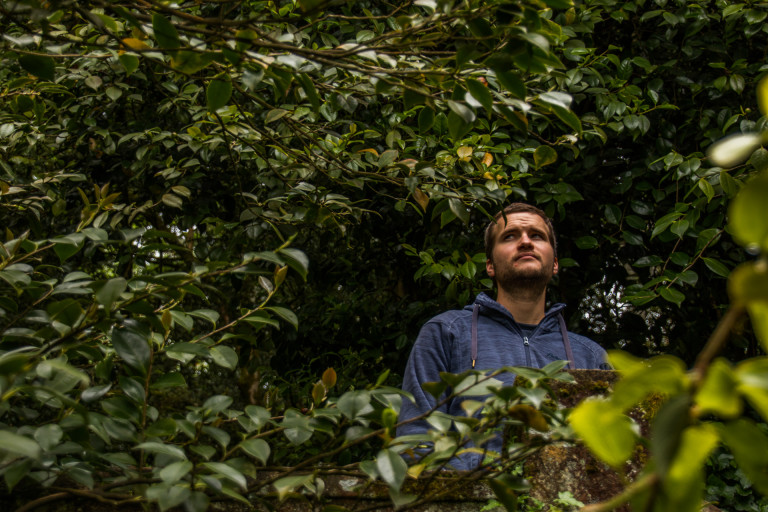
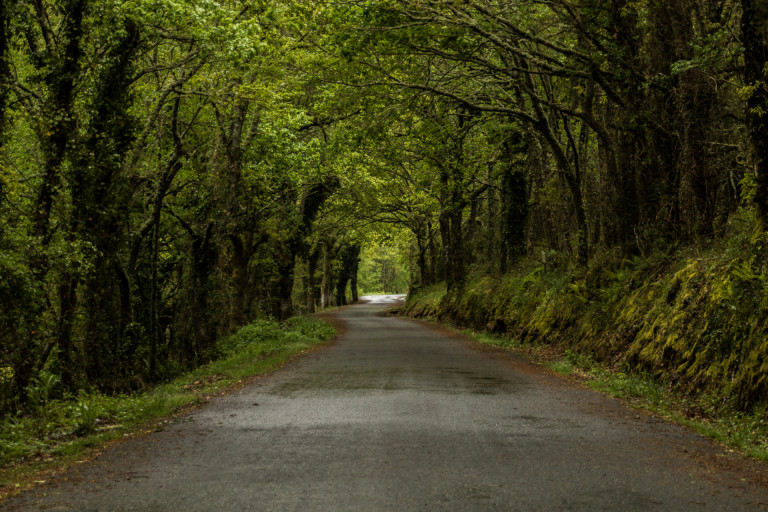
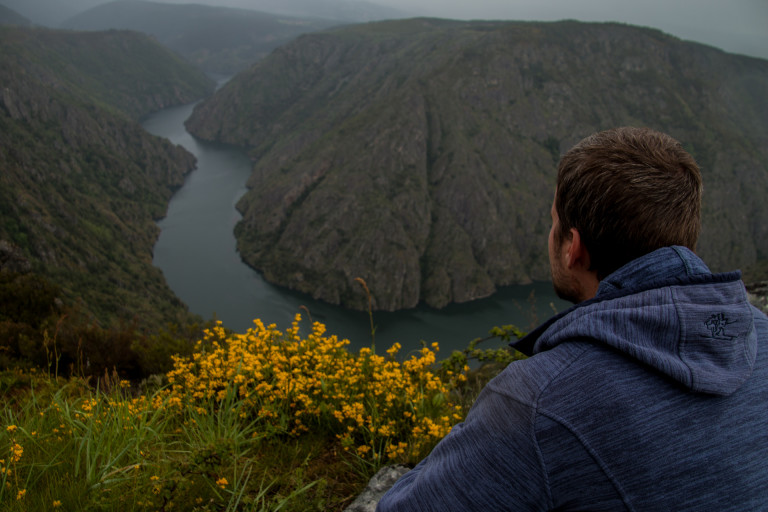
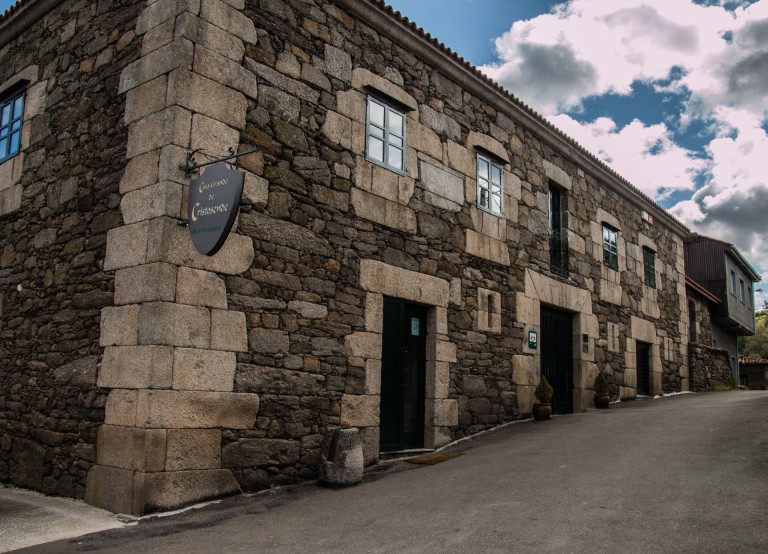
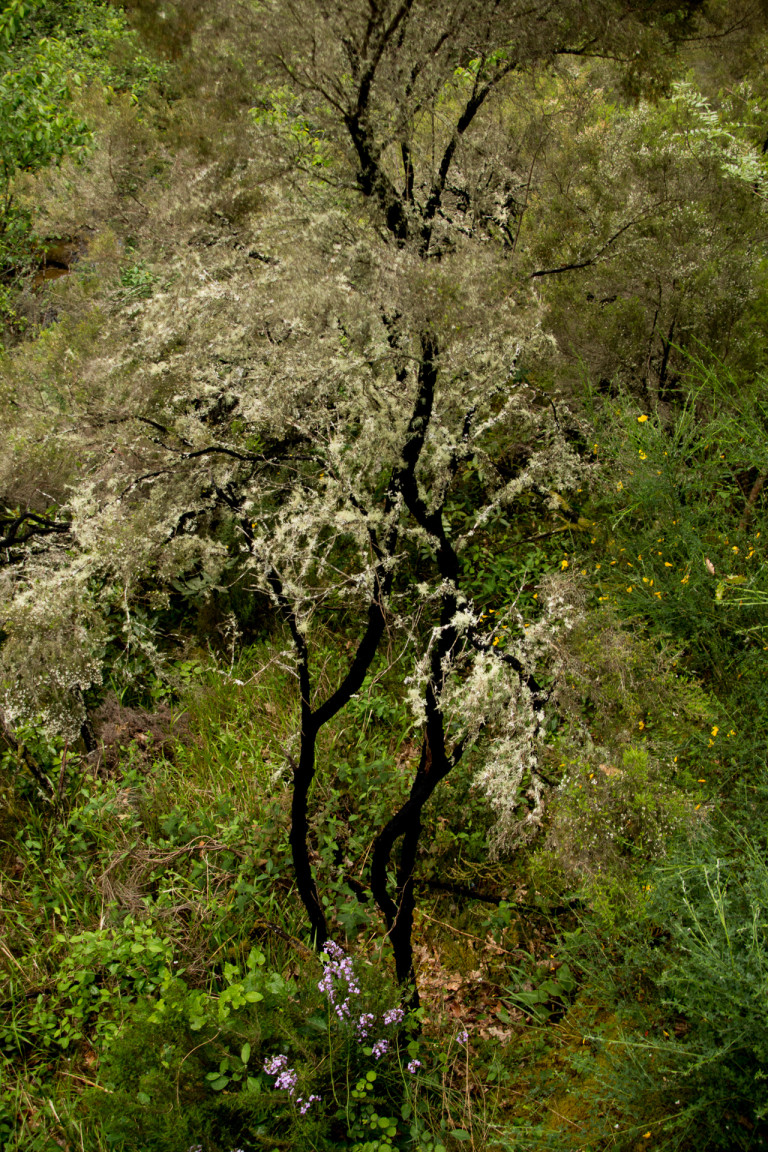
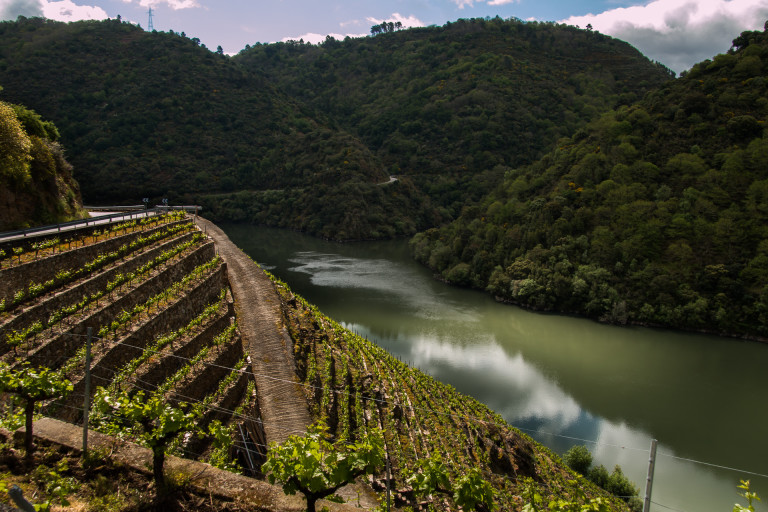
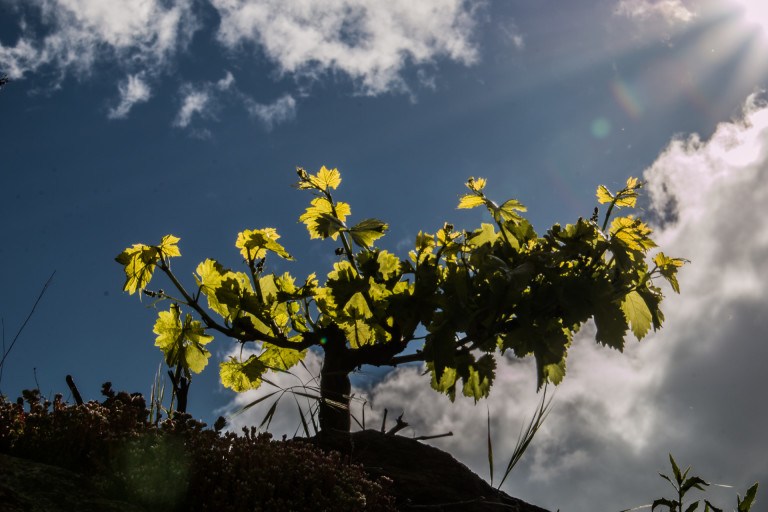
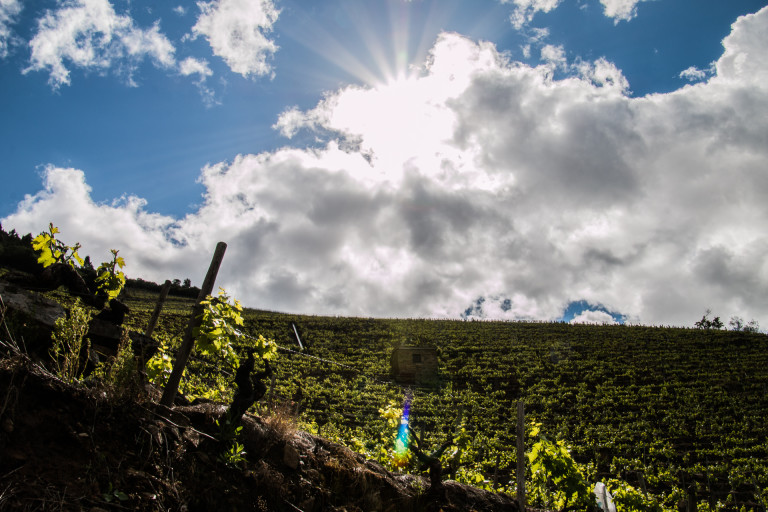
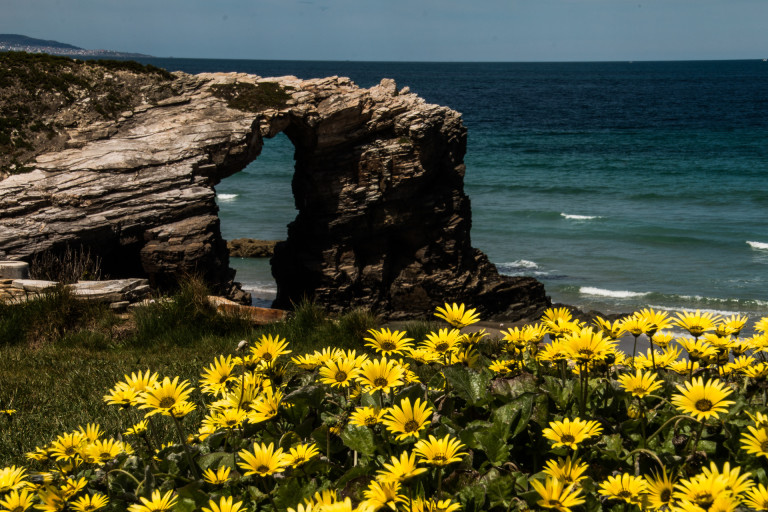
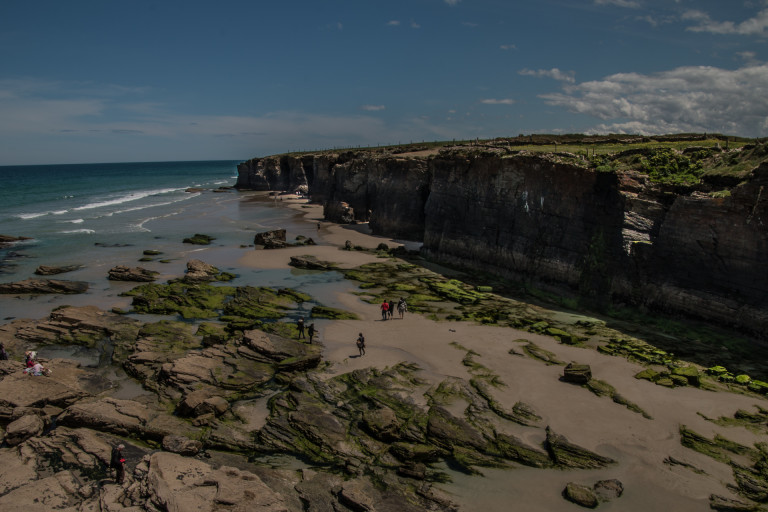
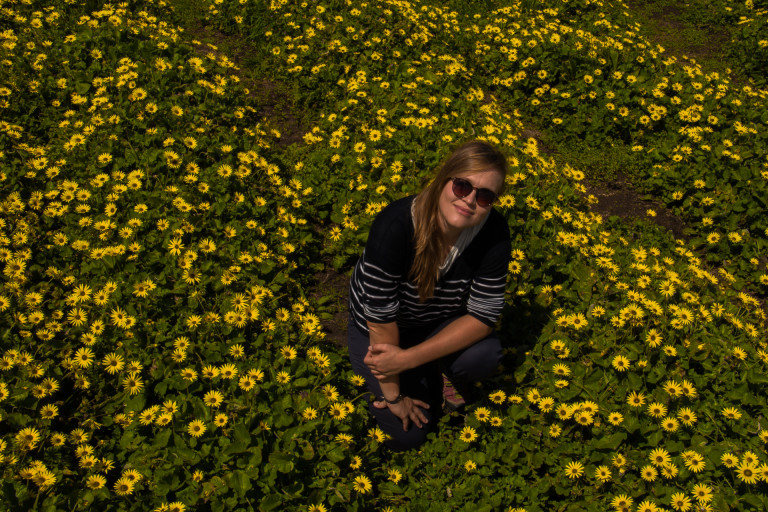
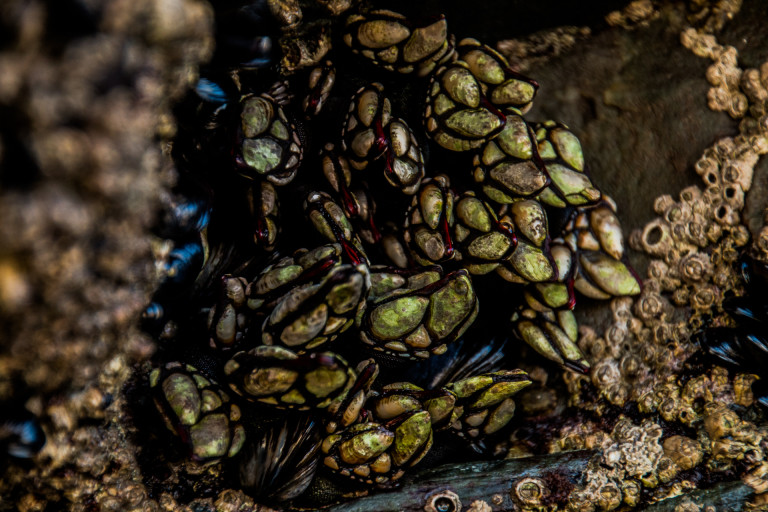
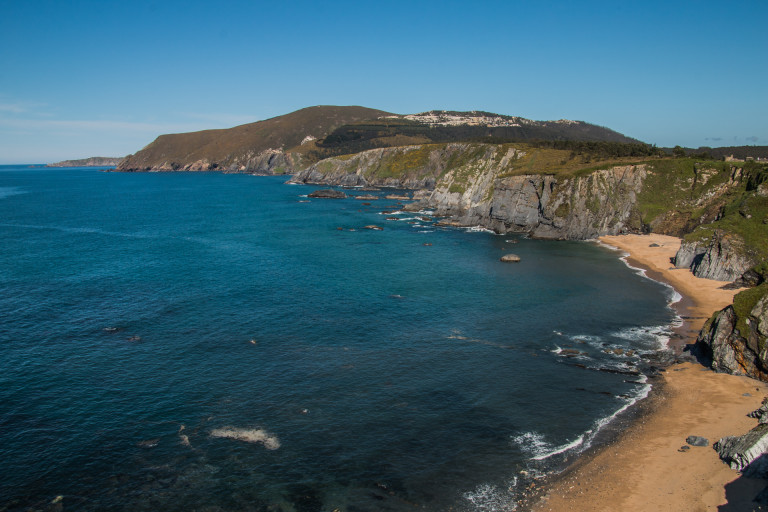
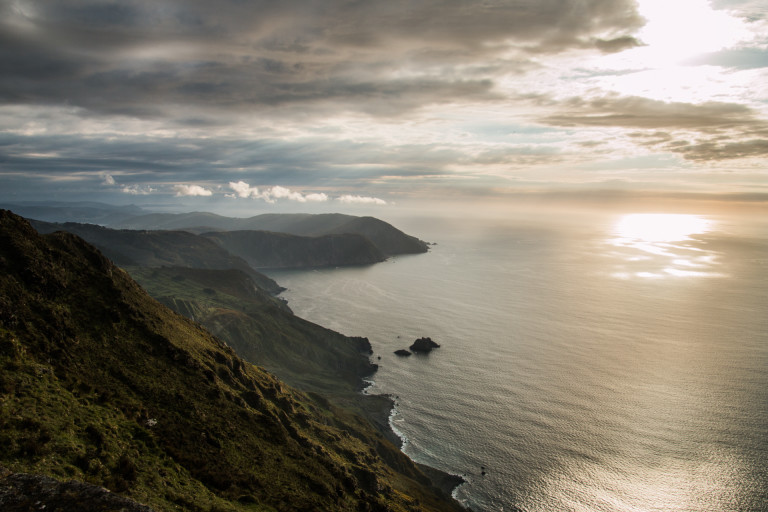
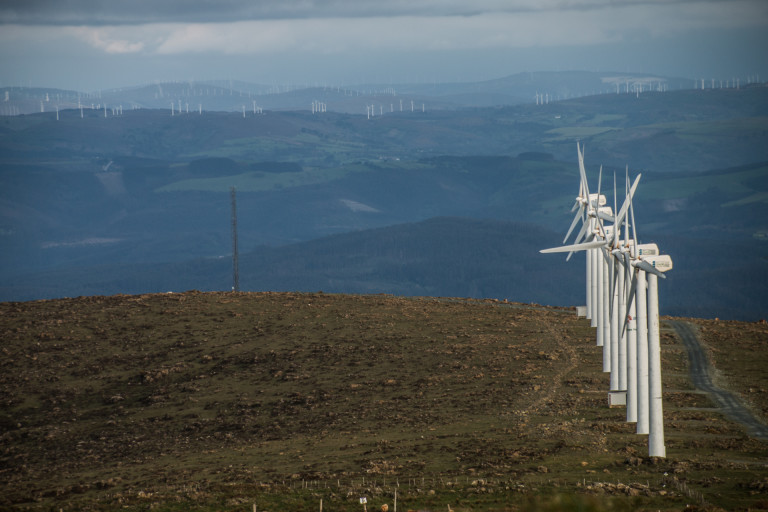
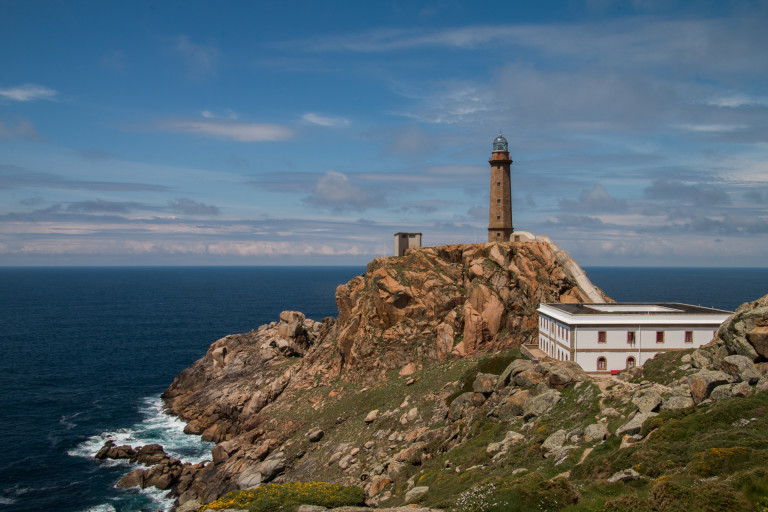
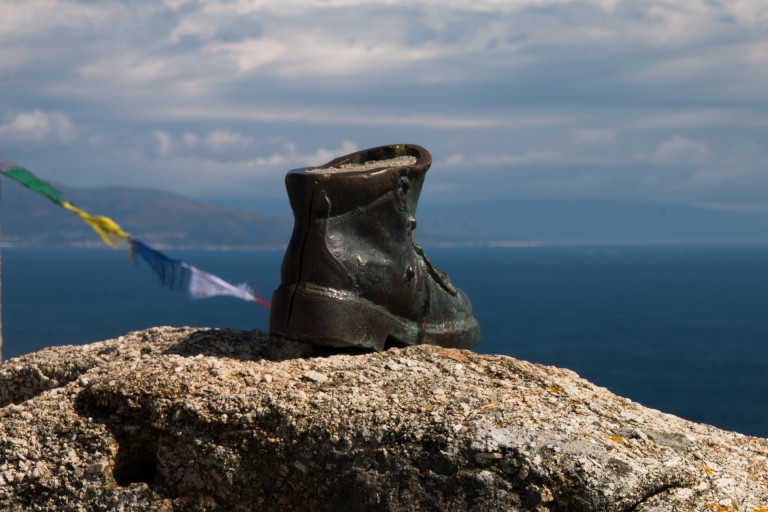
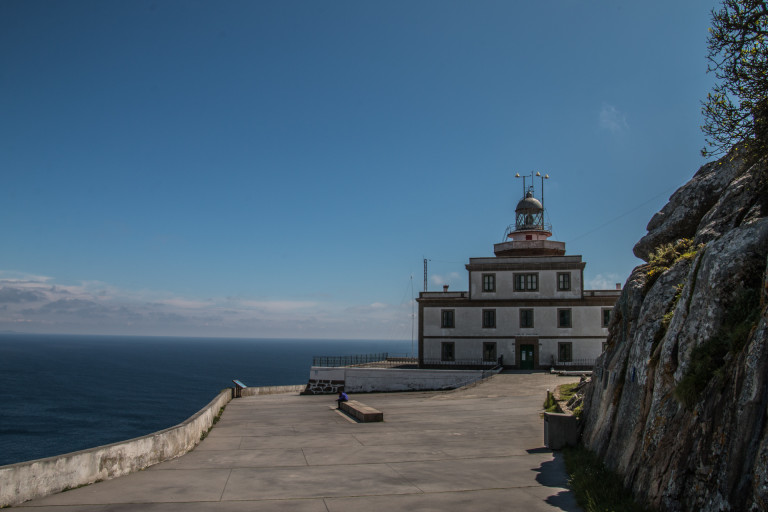
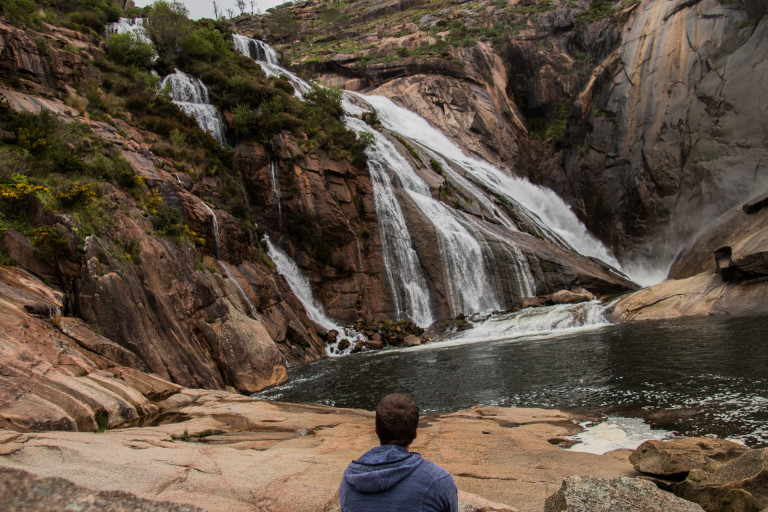
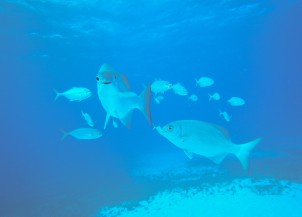
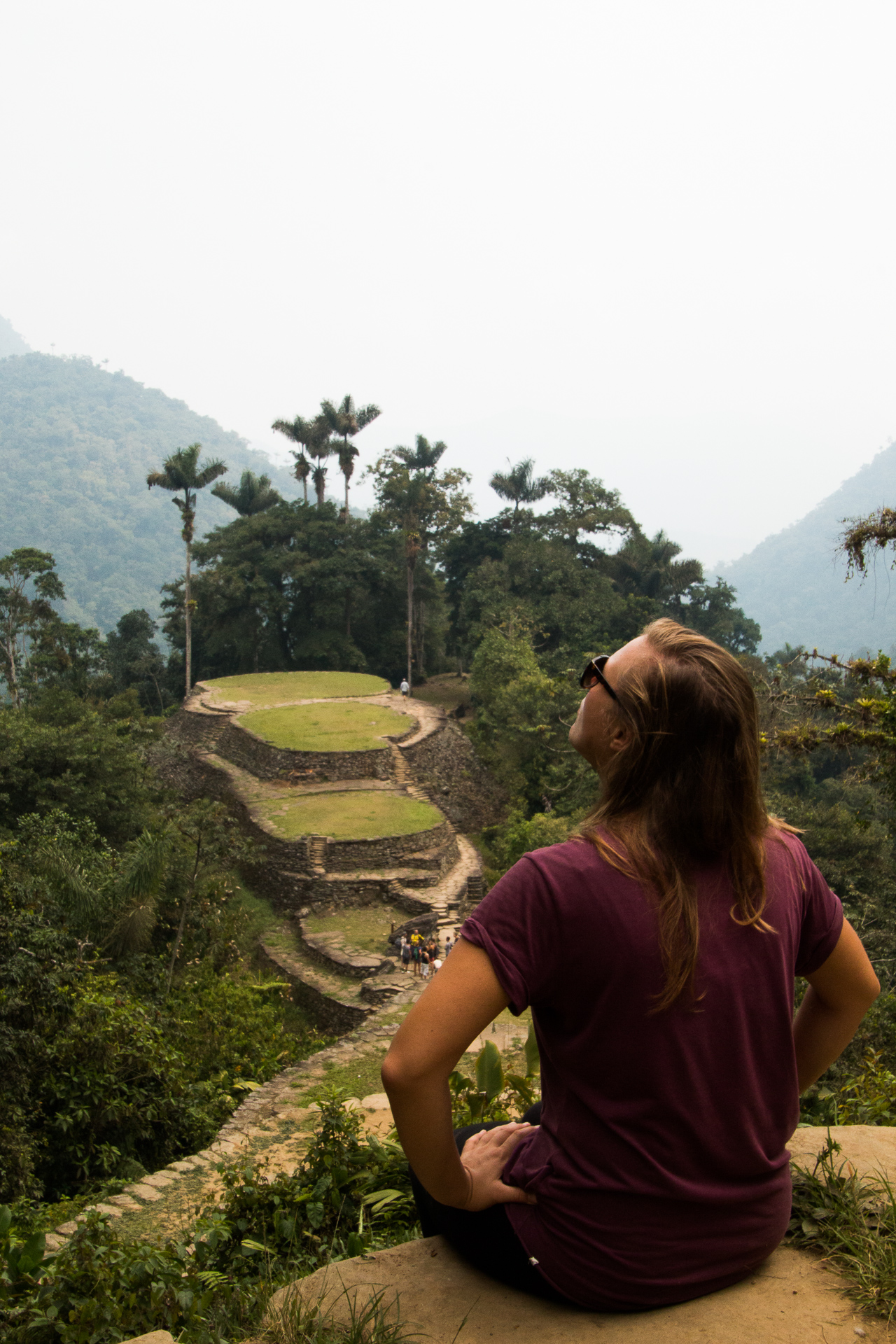

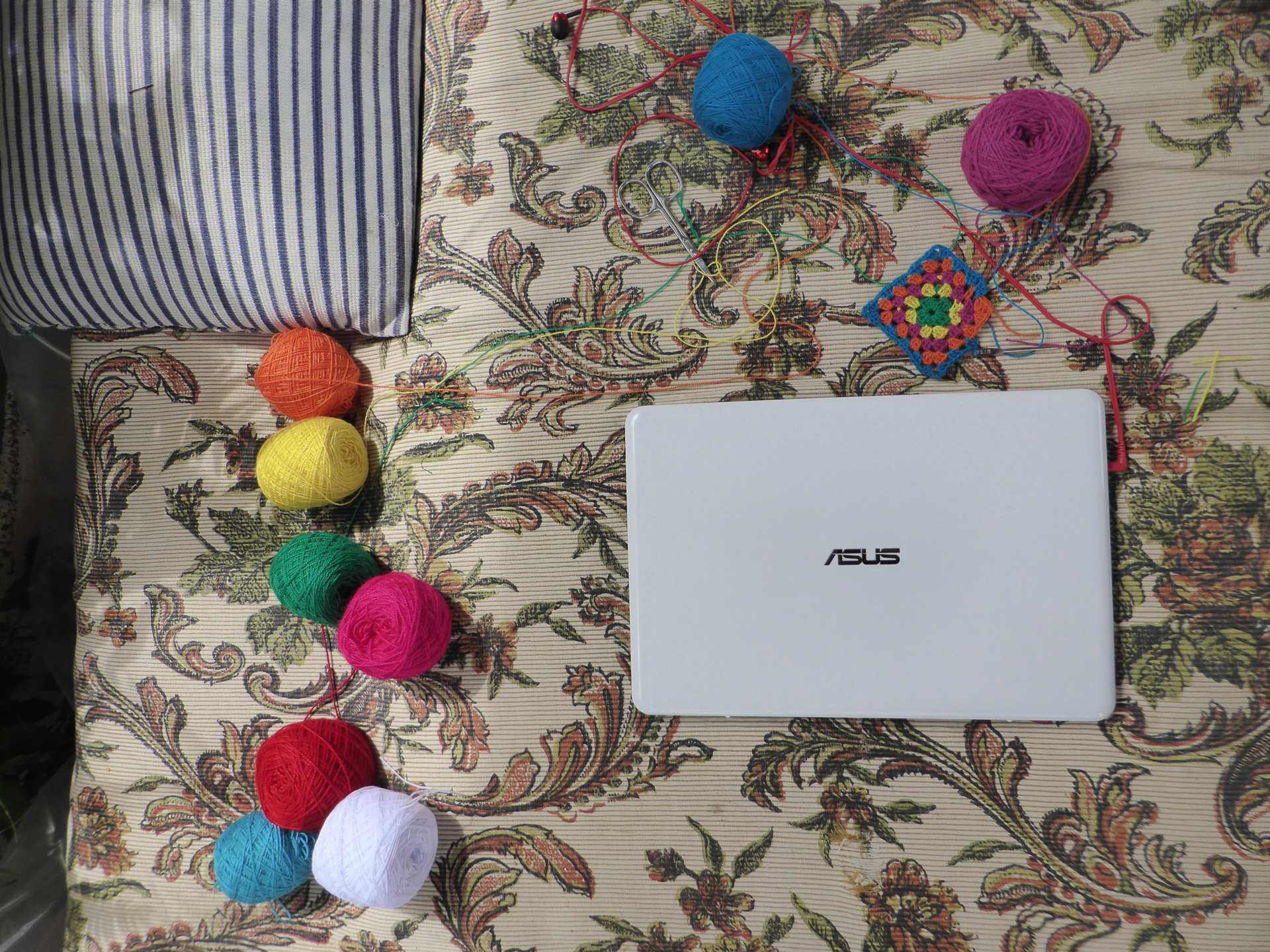
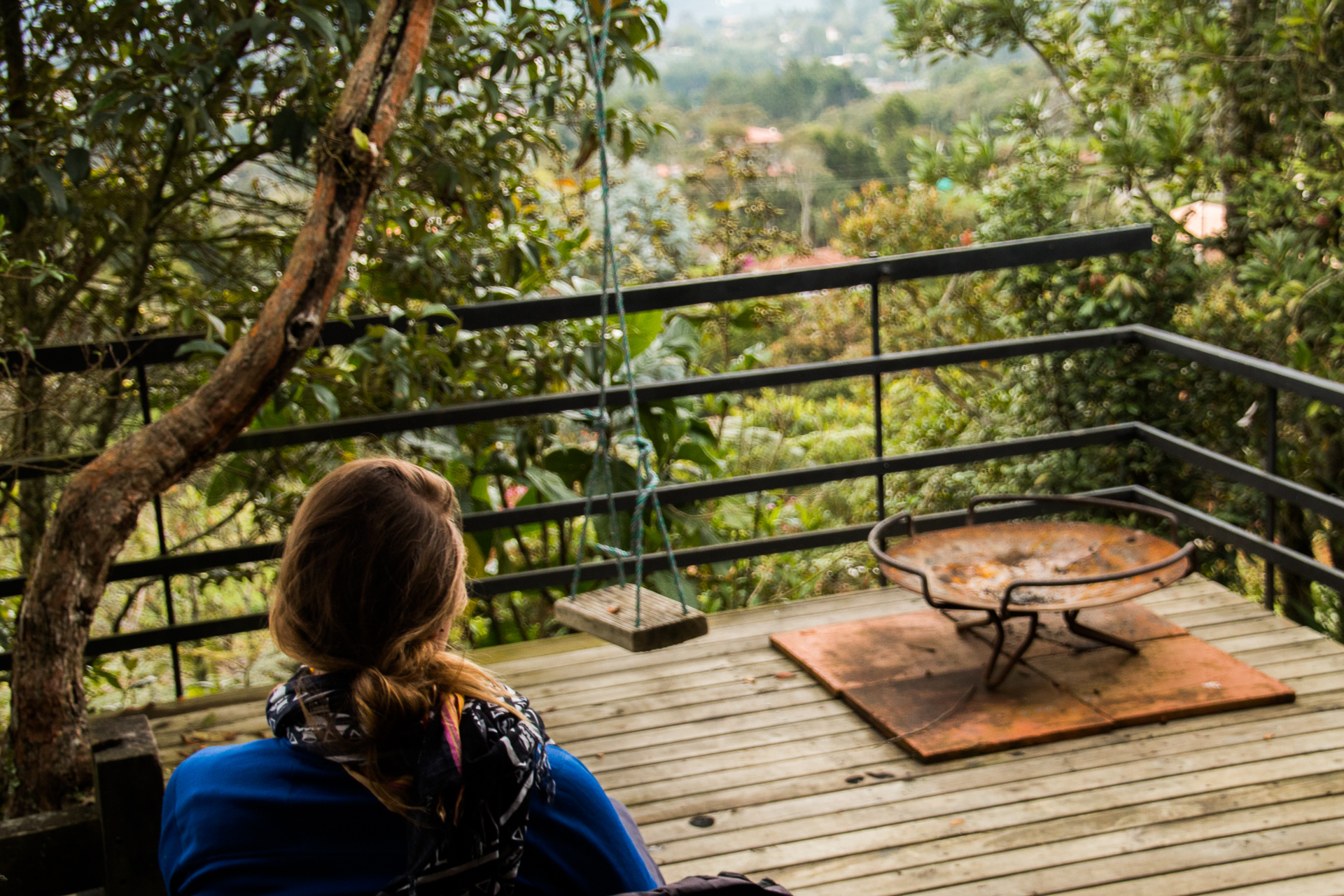
 I think we were ready to leave the chaos, dirt and noise. At least for a while. We actually didn’t wait for our flight to do that, for the last couple of days we stayed in the middle of absolute nowhere an hour from Medellin. Santa Elena was a sleepy, green village in the forest. It was a different world. We stayed in a portable house which was just spectacular! Just us, nature and weird bugs. Perfect scenery to contemplate our journey and the new chapter ahead of us.
I think we were ready to leave the chaos, dirt and noise. At least for a while. We actually didn’t wait for our flight to do that, for the last couple of days we stayed in the middle of absolute nowhere an hour from Medellin. Santa Elena was a sleepy, green village in the forest. It was a different world. We stayed in a portable house which was just spectacular! Just us, nature and weird bugs. Perfect scenery to contemplate our journey and the new chapter ahead of us. at bananas 100 ways with rice. And there was no corn either. Just croissants, bread, ham, cheese, fruit and veg all of it was our dream coming true. After a nice dinner we could even flush the toilet paper. Only the prices were less of an excitement. The pearls of Gaudi’s architecture have reached just outrageous prices, unfinished Sagrada Familia costs 15 euros if you don’t want the view from the towers if you do 30… Batllo
at bananas 100 ways with rice. And there was no corn either. Just croissants, bread, ham, cheese, fruit and veg all of it was our dream coming true. After a nice dinner we could even flush the toilet paper. Only the prices were less of an excitement. The pearls of Gaudi’s architecture have reached just outrageous prices, unfinished Sagrada Familia costs 15 euros if you don’t want the view from the towers if you do 30… Batllo
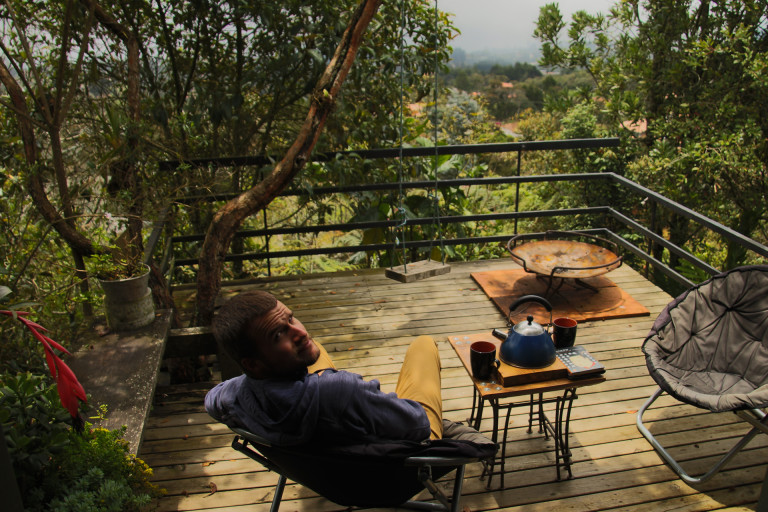
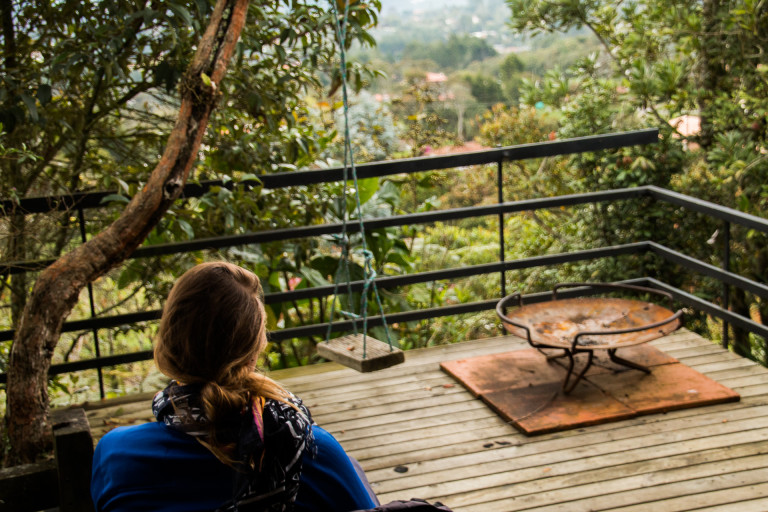
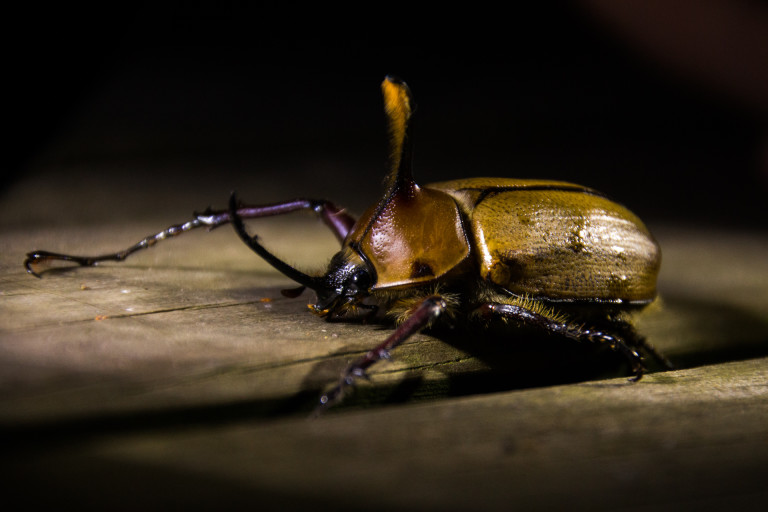
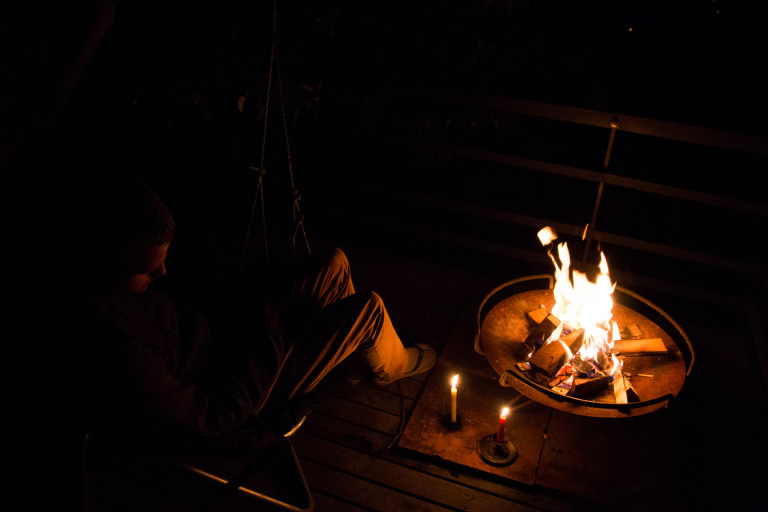
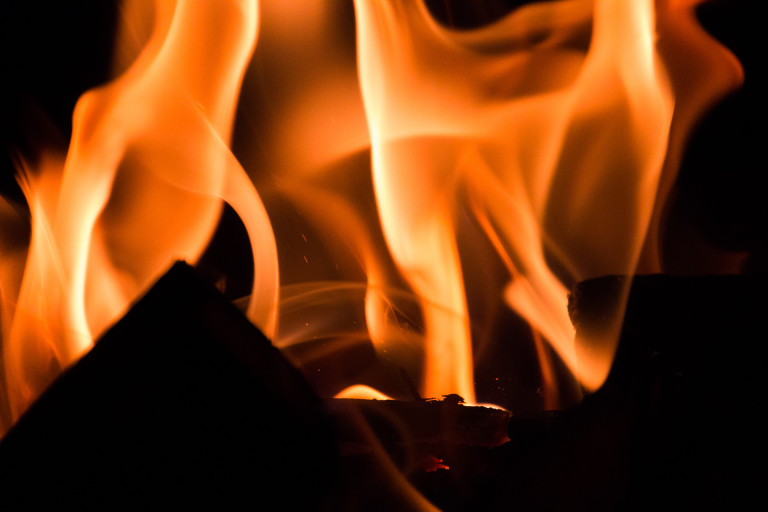
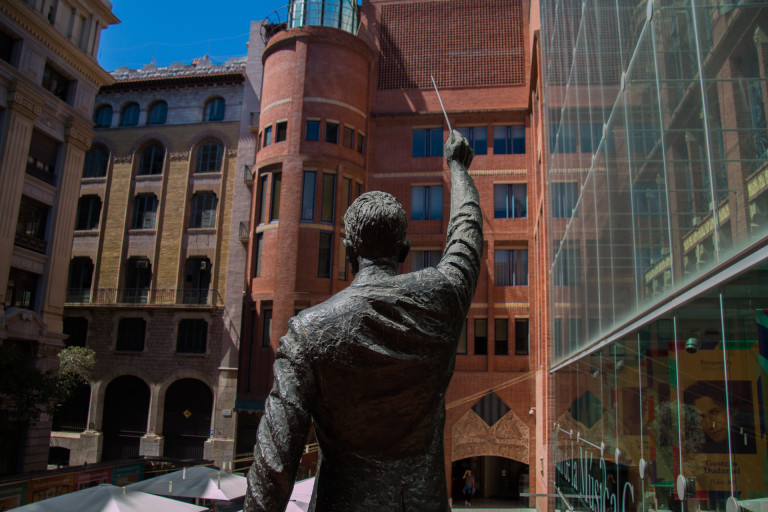
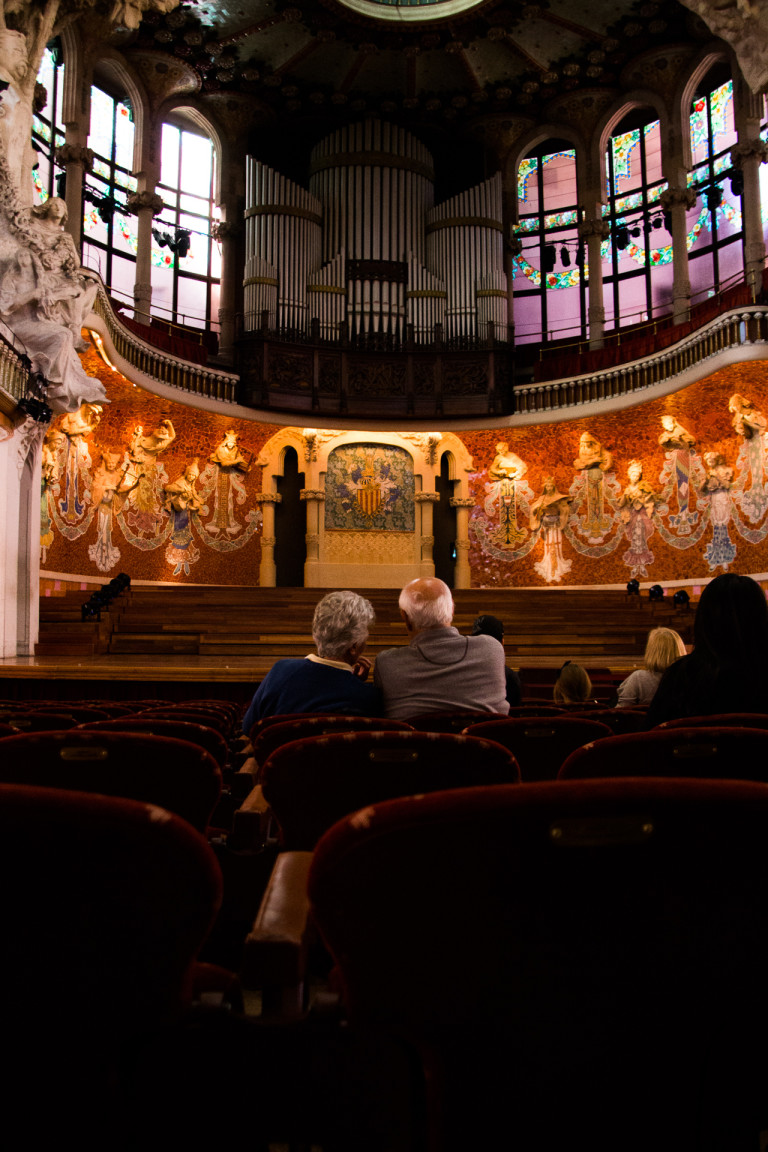
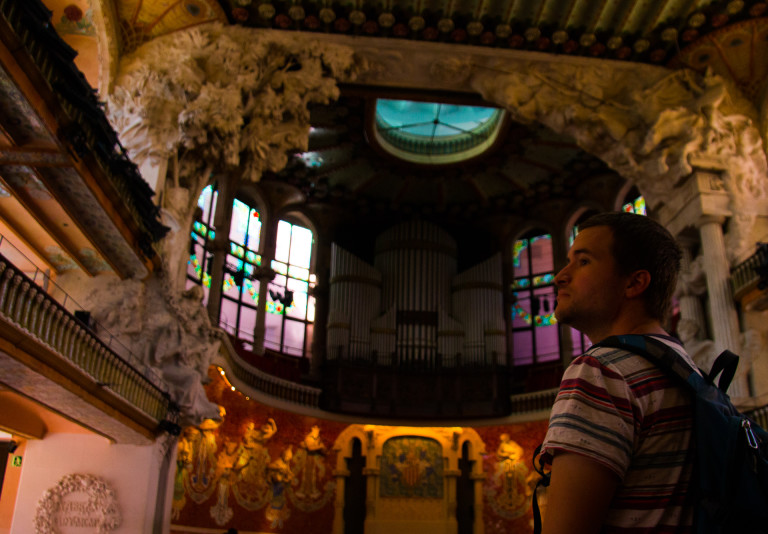
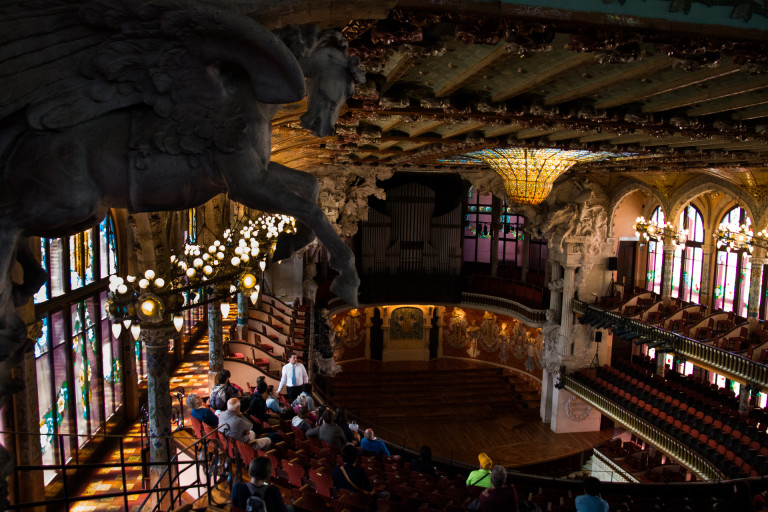
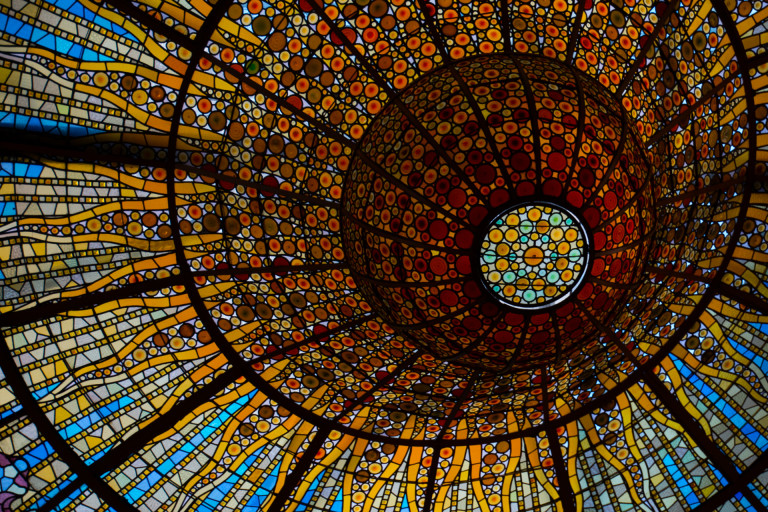
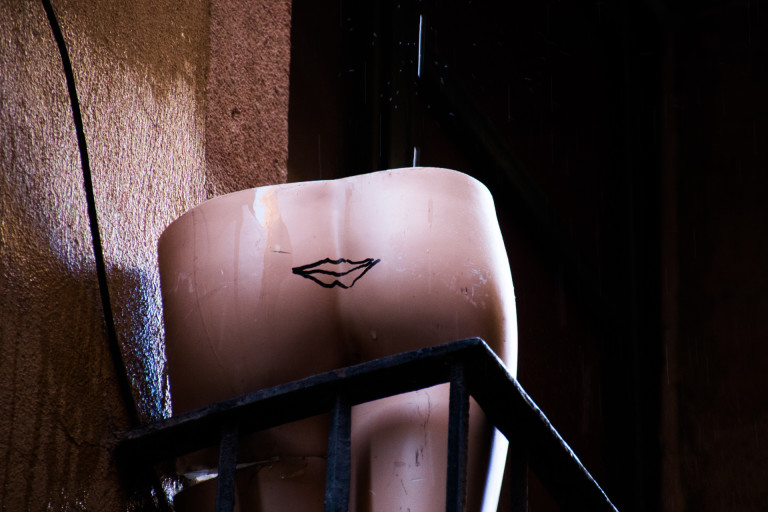
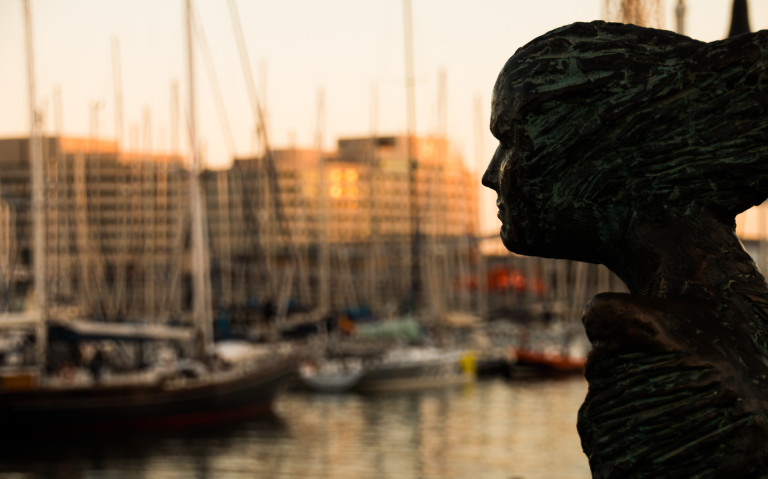
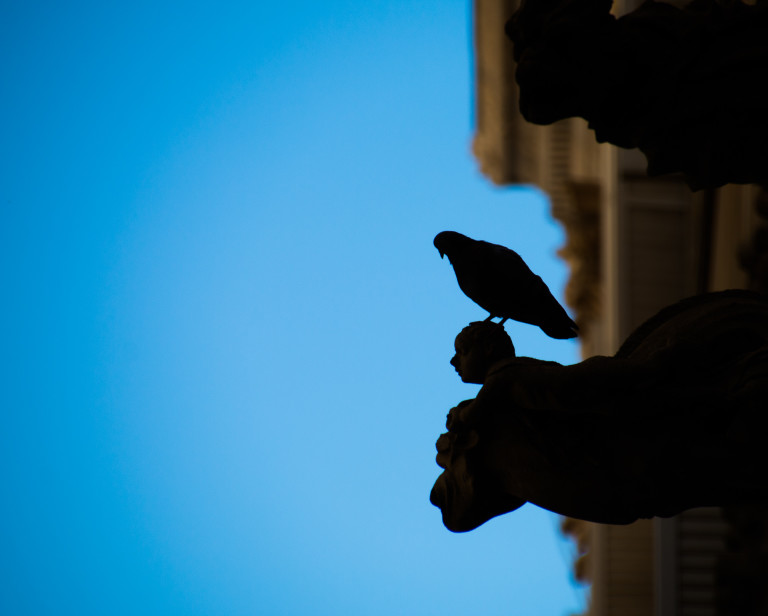
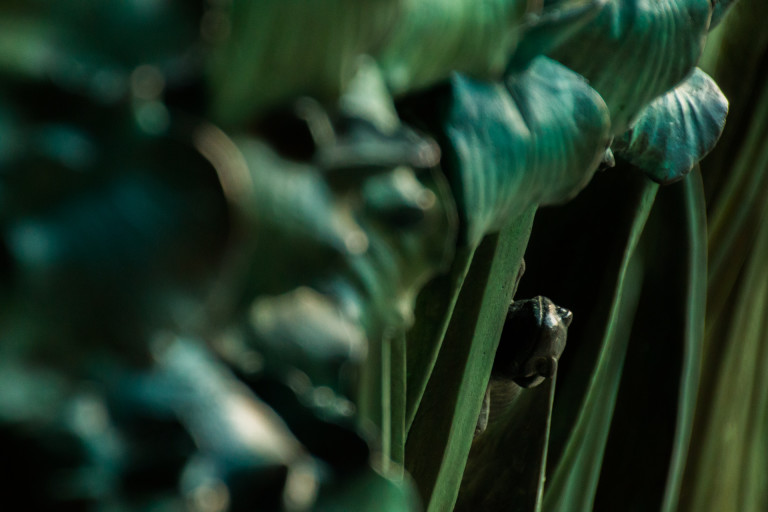
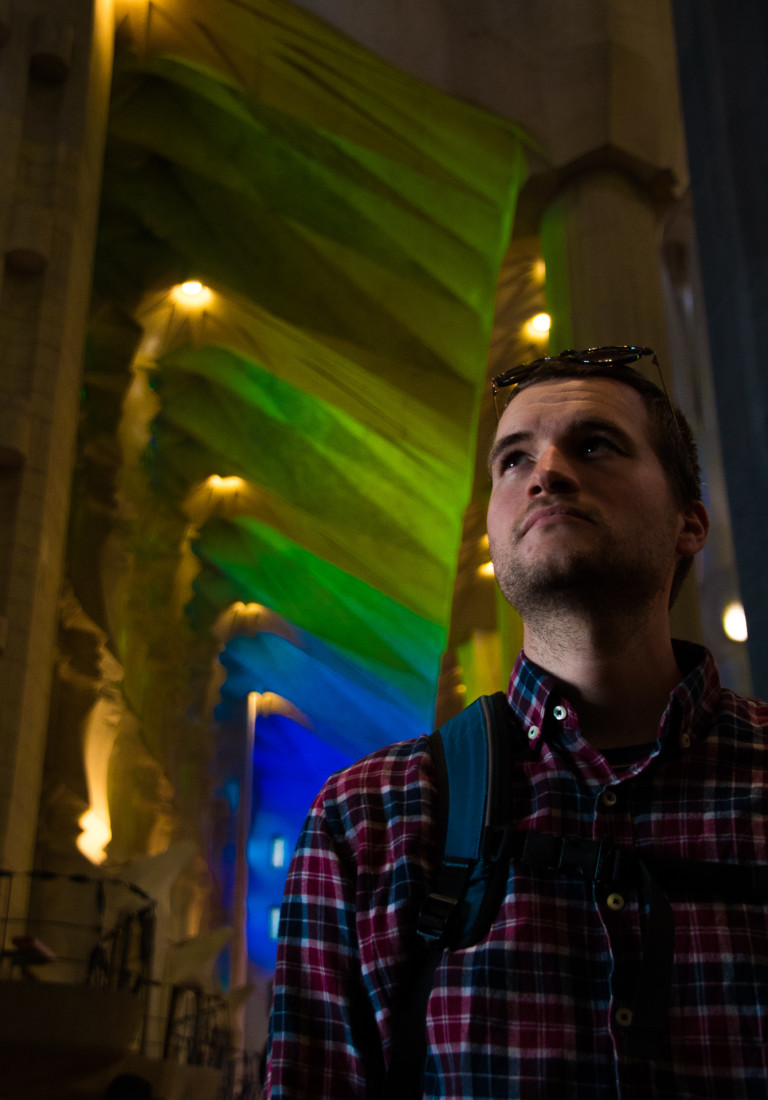
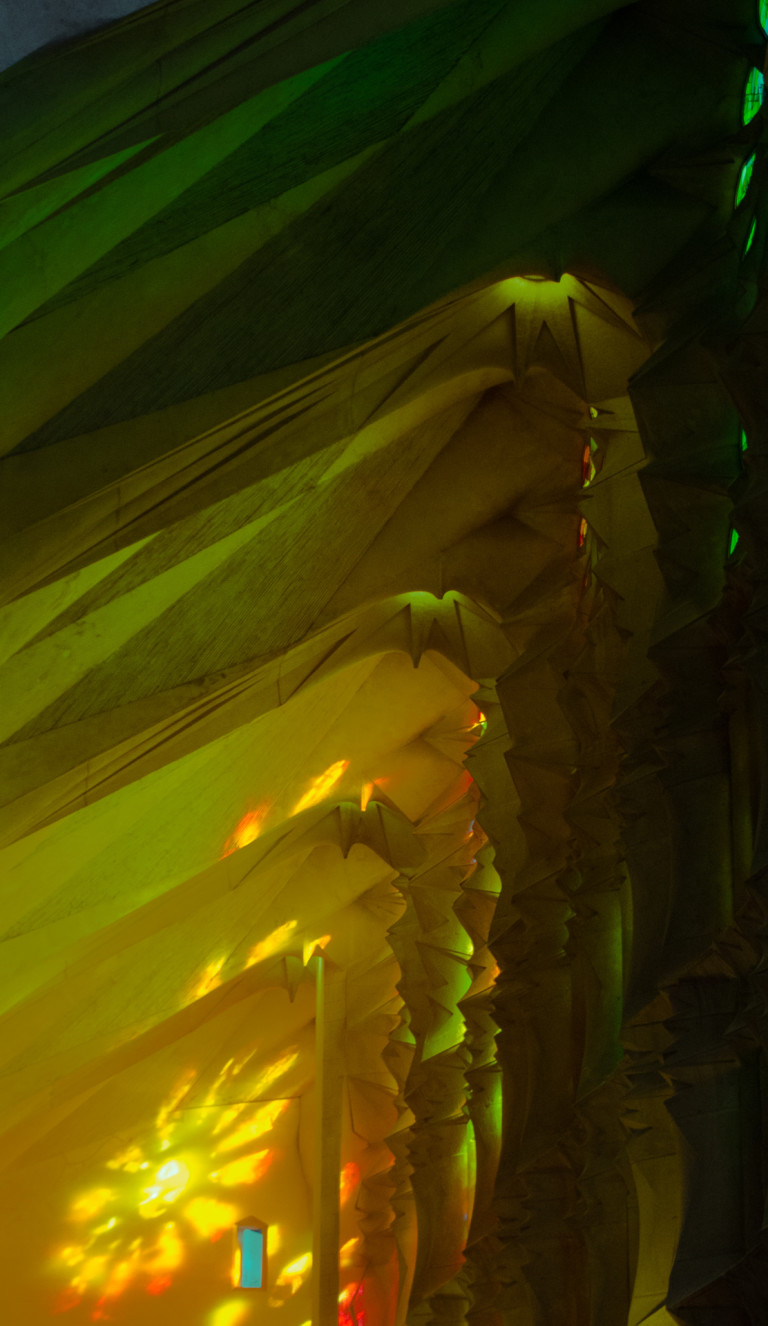
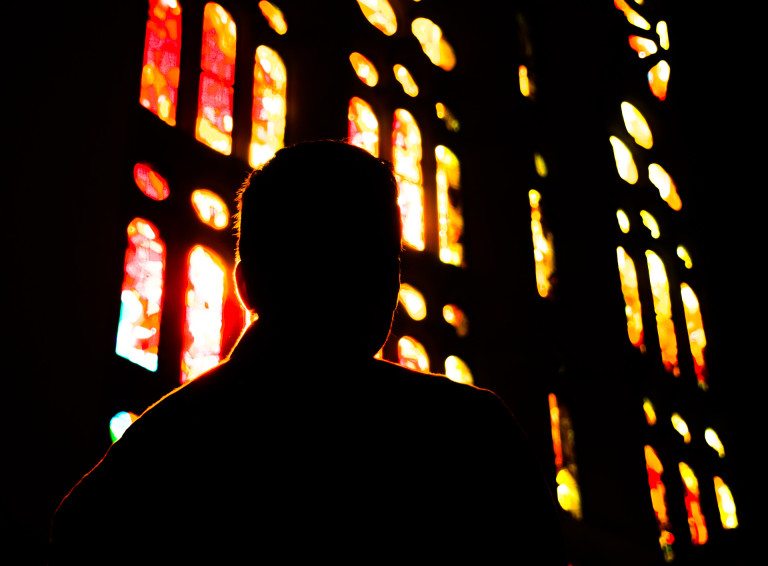
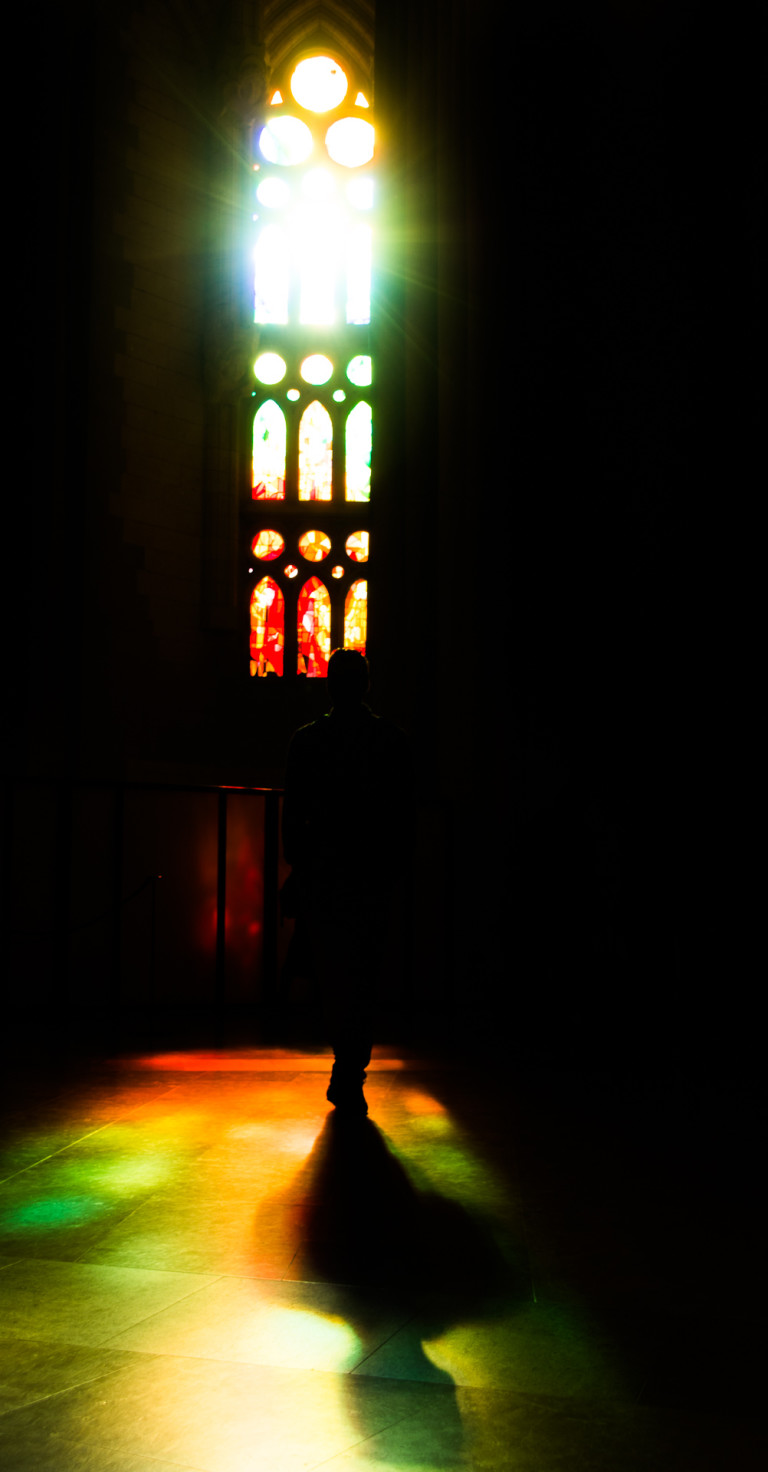
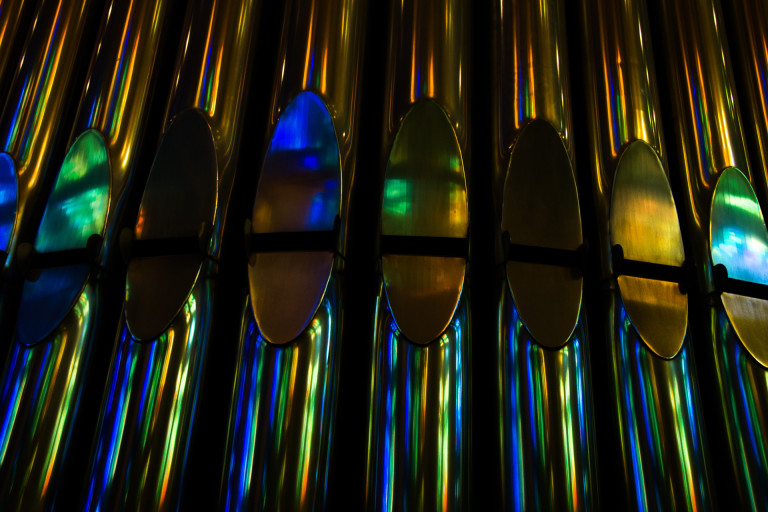
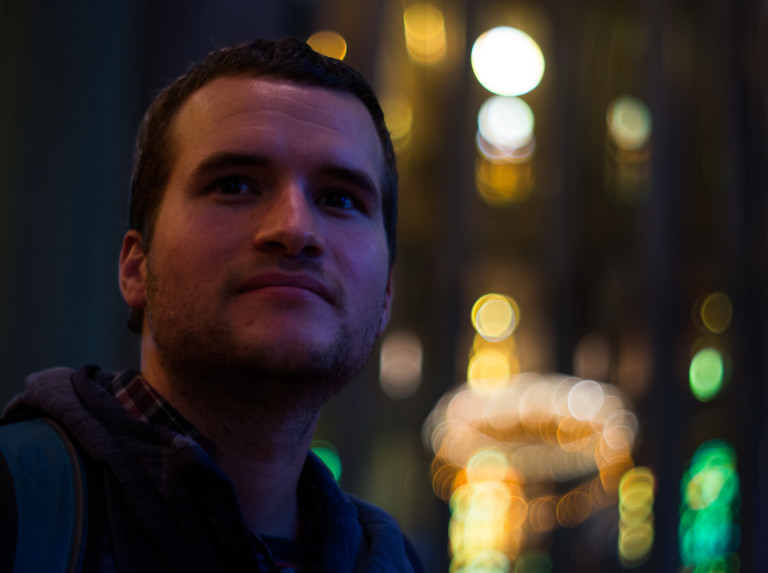
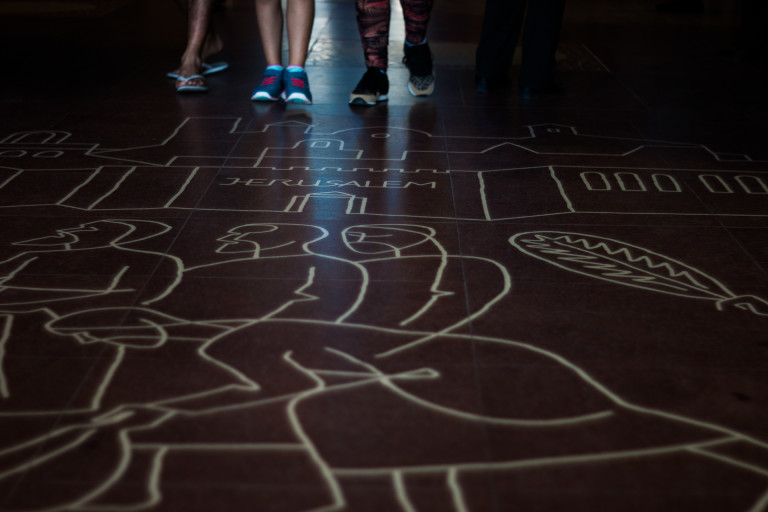
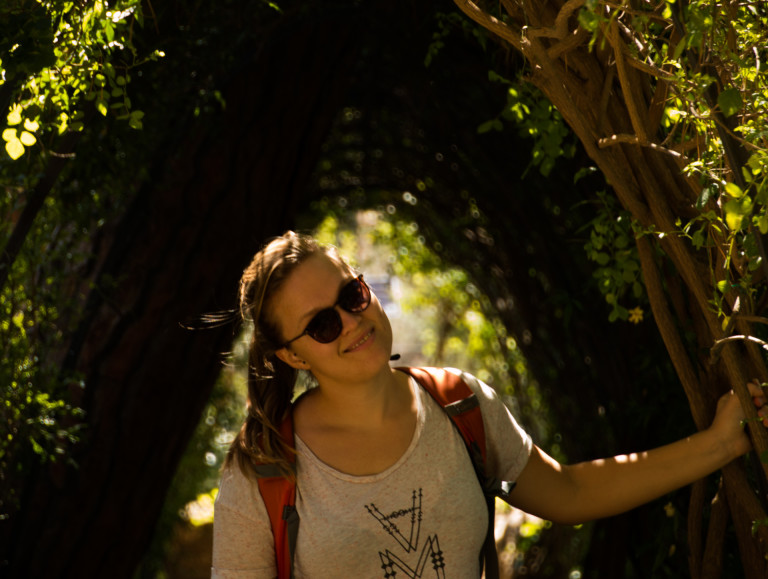
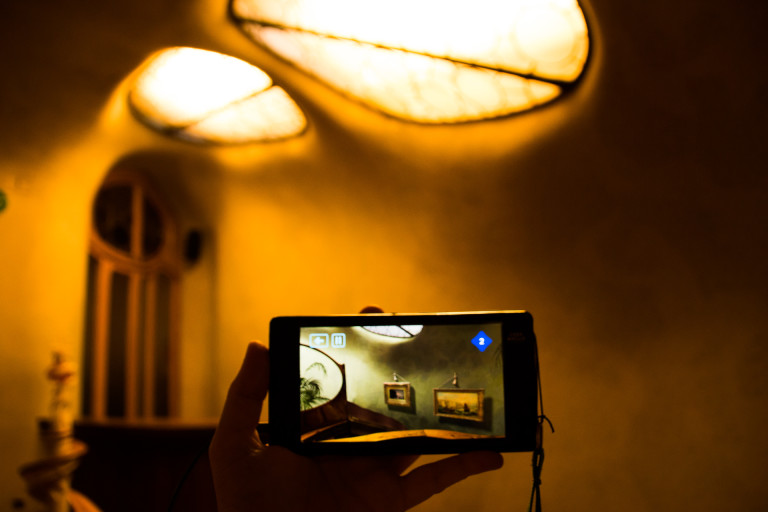
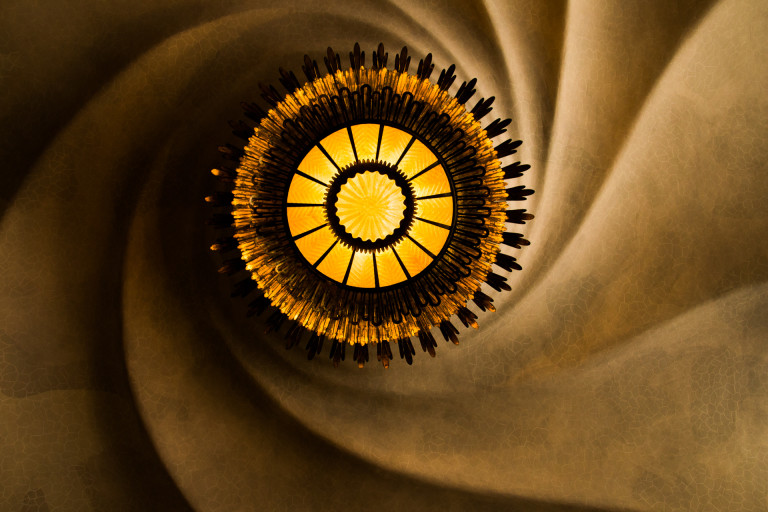
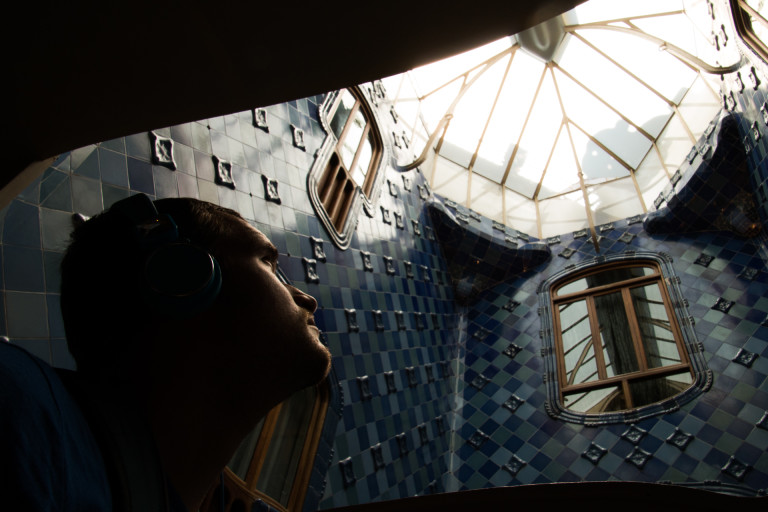
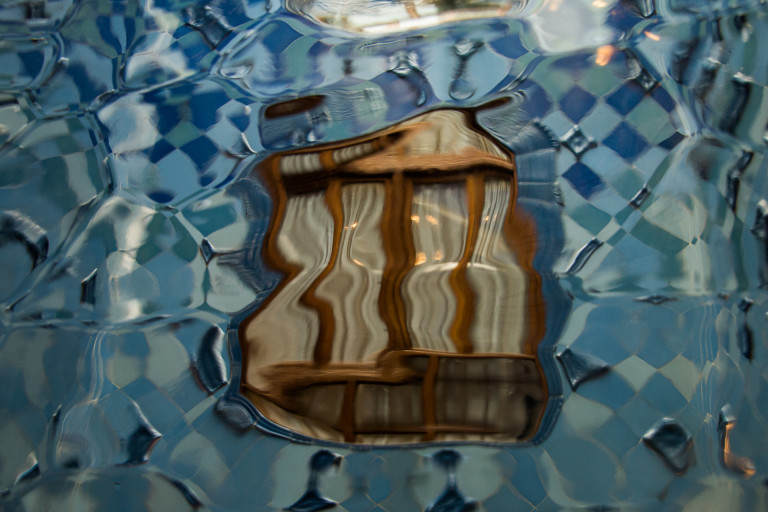
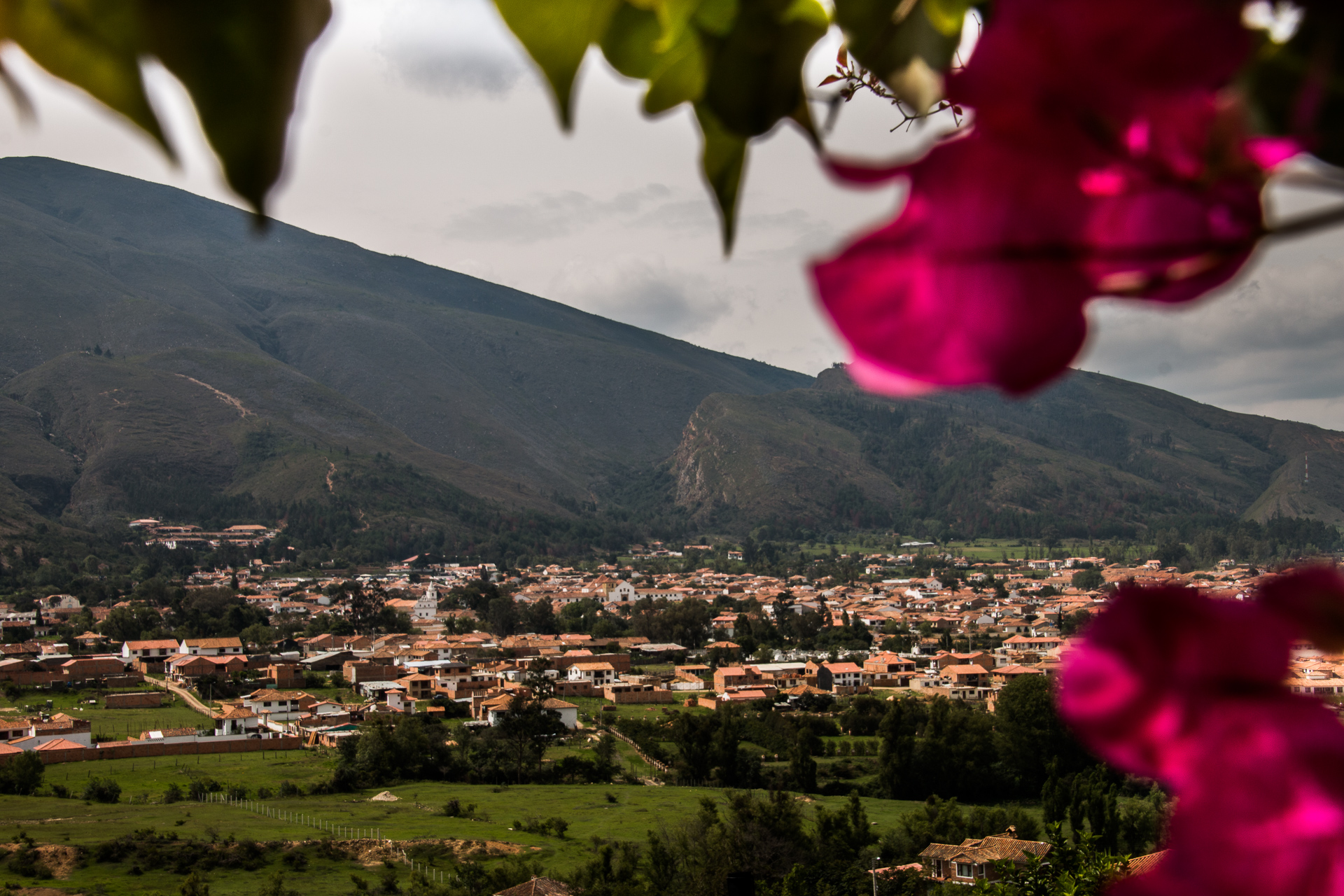
 Third- the hostel we stayed in was really cheap (7 euro per bed) and absolutely stunning- two features that rarely go together. It had a huge outside common area overlooking the whole town with its mountains in the background. And the room itself was vintage in a European meaning of the word (in South America vintage is often synonym of broken, stolen from an old lady with dust untouched for quite some time). It was a pleasure to stay in Villa de Leyva and discover that there is so much more to it than just its main square. Charming broad streets, nice suburbs, mountains and superb ice cream is all we needed:)
Third- the hostel we stayed in was really cheap (7 euro per bed) and absolutely stunning- two features that rarely go together. It had a huge outside common area overlooking the whole town with its mountains in the background. And the room itself was vintage in a European meaning of the word (in South America vintage is often synonym of broken, stolen from an old lady with dust untouched for quite some time). It was a pleasure to stay in Villa de Leyva and discover that there is so much more to it than just its main square. Charming broad streets, nice suburbs, mountains and superb ice cream is all we needed:)
